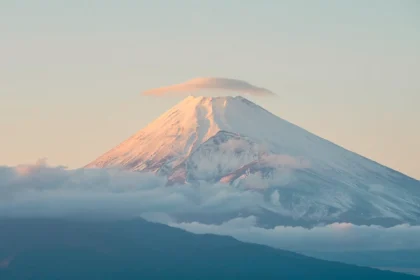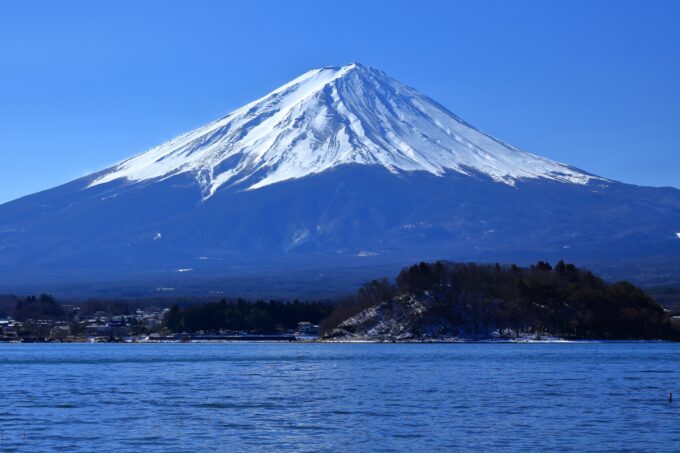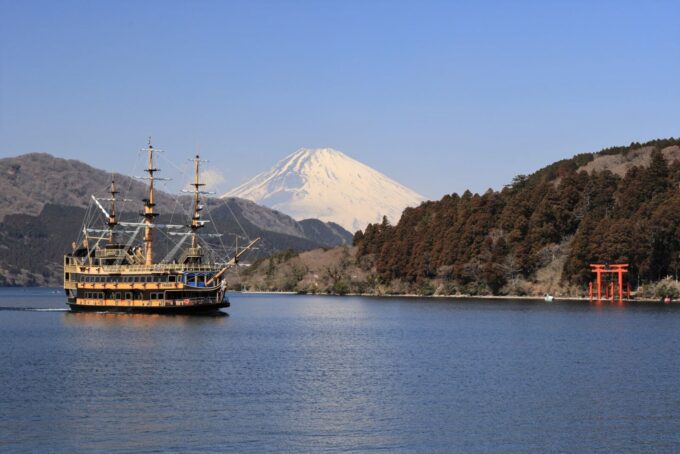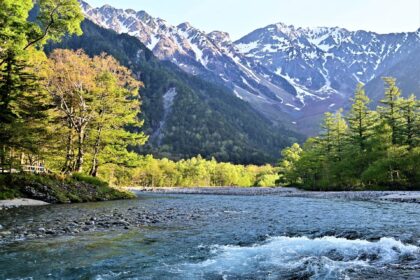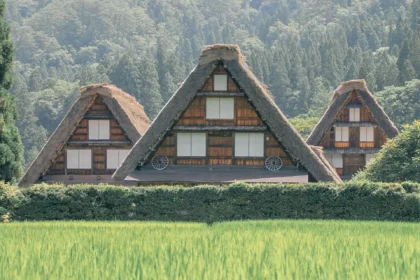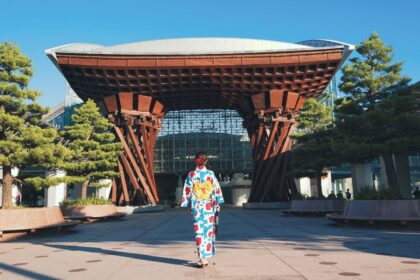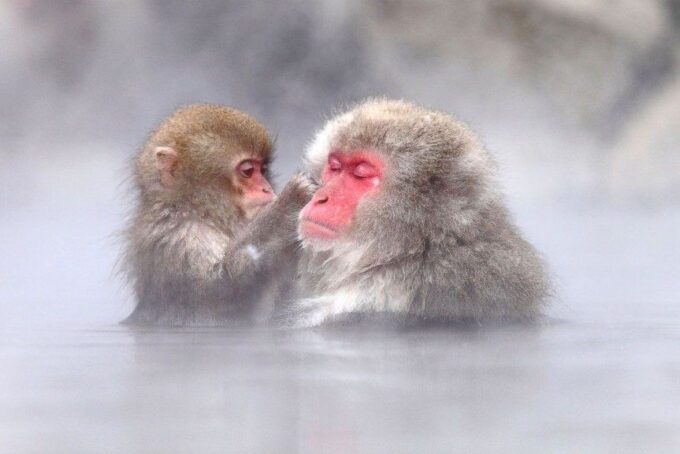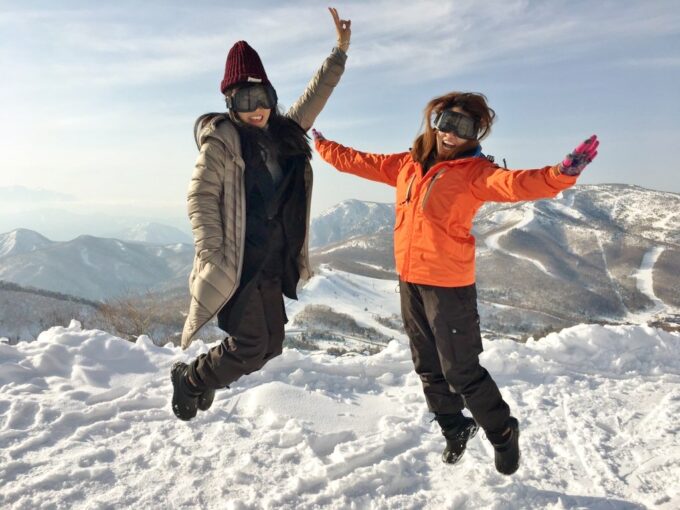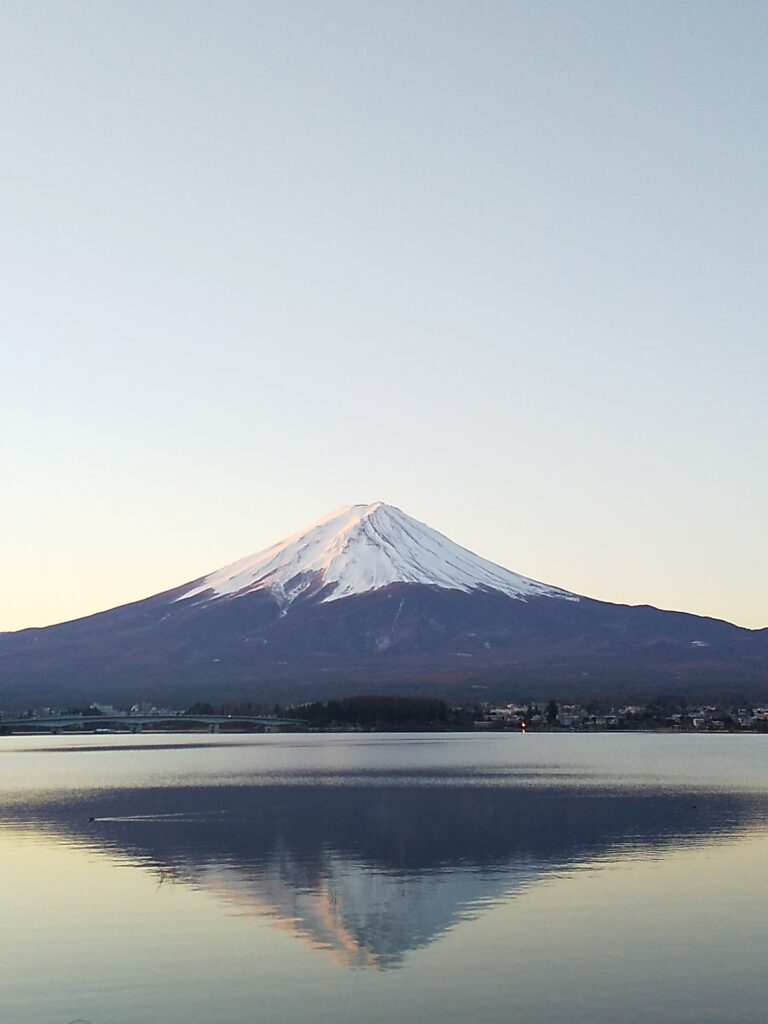
Standing 3776 metres in height, Fuji is Japan’s tallest and most iconic mountain. Lying around 2.5 hours from central Tokyo, Fuji attracts countless visitors each year. Many come to be simply catch sight of the mountain, spellbound its size and beauty, while many others come with the more energetic plan to climb it. An active volcano, Fuji has long been revered, feared, and held in awe by the Japanese people.
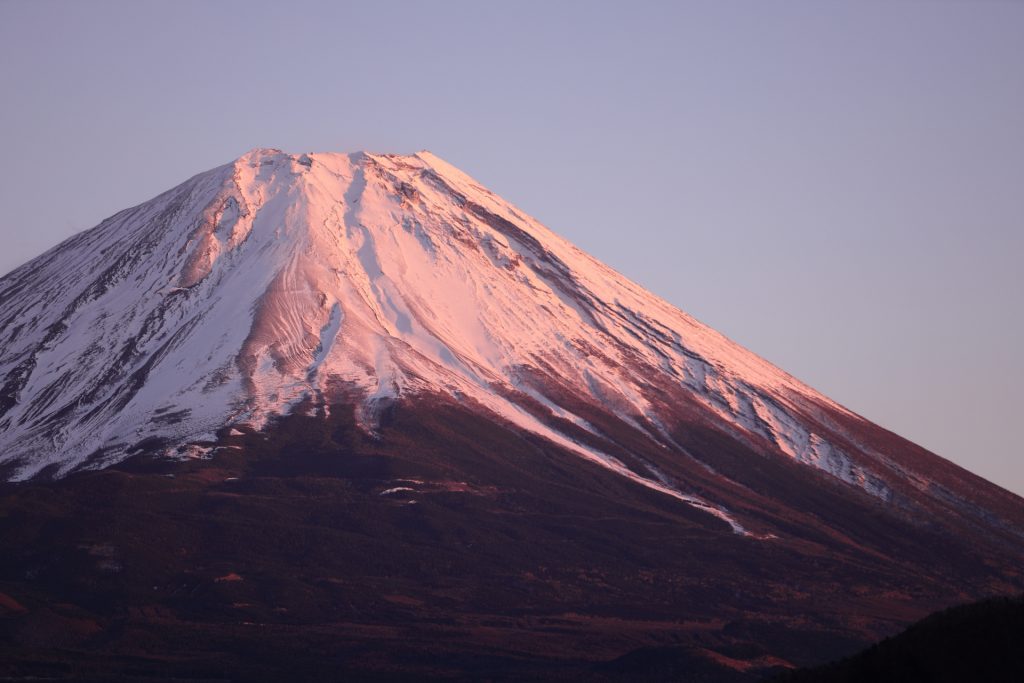
Without doubt the country’s most iconic and instantly recognisable natural feature, Fuji is much more than just a mountain or volcano. It holds huge spiritual and cultural importance for Japan and rising high above the surrounding plateau is a constant presence in the daily life of the country - in short, Fuji is something of a must-see, must-do destination when visiting Japan. Always remember that you may not always get to see Fuji during your trip. The weather changes day to day, and Fuji can often be hidden behind clouds. Winter time is actually recommended as one of the best seasons to see Mount Fuji. On this page will find the following information:
-- 30 Things to Do Around Mount Fuji
-- Where to Stay When Visiting Mount Fuji?
-- Book With Us! Nagano's No.1 Tour & Charter Operator
As Japan’s tallest mountain, Fuji acts as a beacon, calling you to leave the capital and begin your journey into Japan’s mountainous heartland, Central Japan. As such, this page contains tips and suggestions of places to visit and things to do immediately around the mountain, along with the many great attractions and activities on offer as you move deeper into the heart of Japan. Let's begin with the obvious question...
WHERE IS MOUNT FUJI?
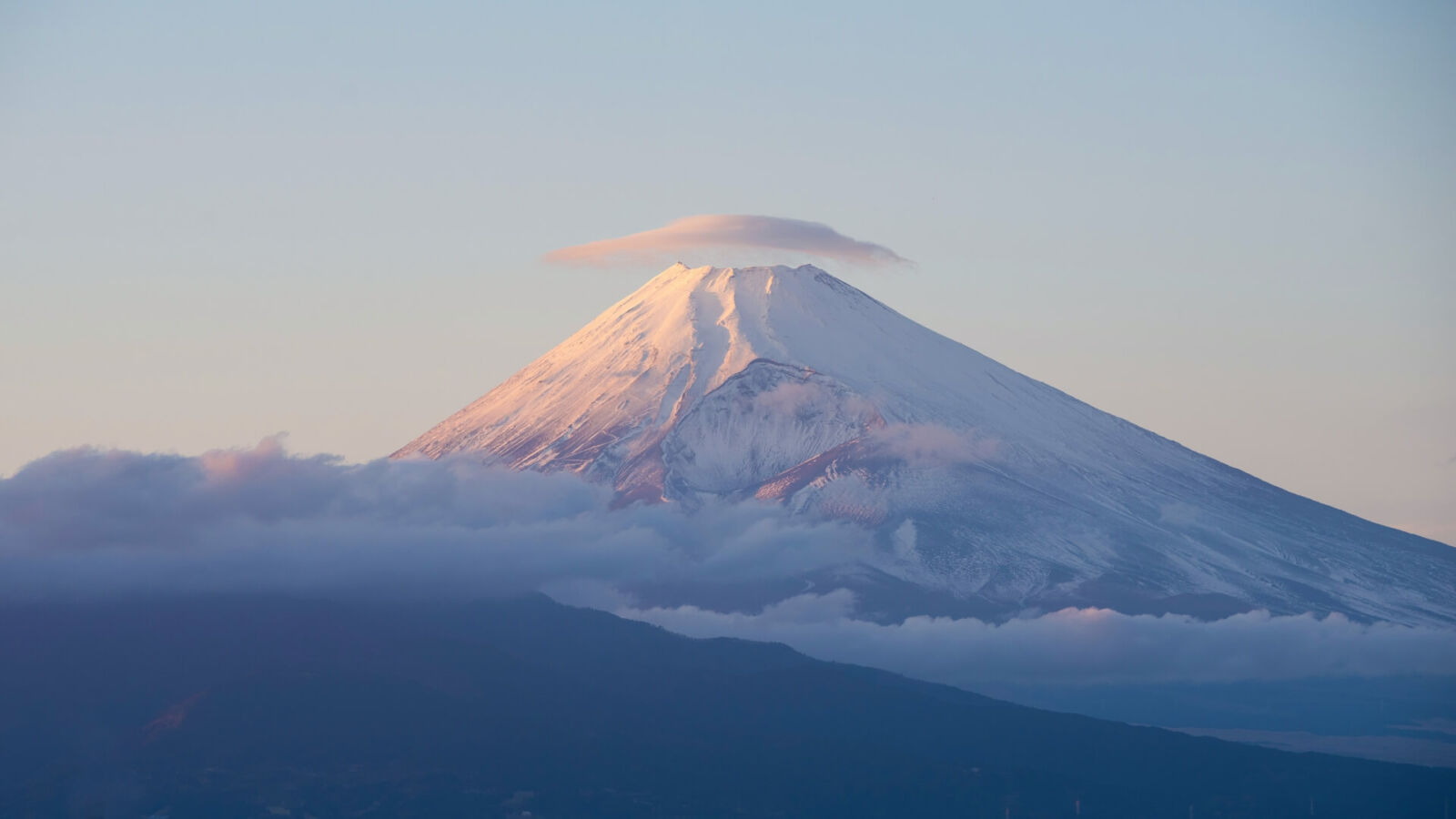
Mount Fuji straddles and dominates the border of Yamanashi and Shizuoka prefectures and part of Fuji-Hakone-Izu National Park. It sits approximately 100km to the south-west of Tokyo making it easily accessible from the capital as a day or overnight trip. Standing 3,776 metres tall, Fuji is visible at great distances including from the capital and many other areas. Considered one of Japan's 'Three Sacred Mountains' - along with Mount Tate and Mount Haku - Fuji acts as a beacon calling visitors from Tokyo and to explore the mountainous heartland of Central Japan. For information on how to get there, see our 'How To Get To Mount Fuji' page.
30 THINGS TO DO AROUND MOUNT FUJI

As Japan's most iconic and recognisable destination, Mount Fuji is something of a must-see, must-do for visitors. Many people come to climb the mountain while others just want to see it. Grand, imposing and strikingly beautiful, the mountain has an aura and presence which pervades not just the immediate area around it, but all of Japanese culture. Sitting around 2-hours outside of Tokyo, Fuji acts as a beacon to travellers, calling them to leave the capital and explore the mountainous heartland of Central Japan. As such, the following list of things to do starts on and around the mountain before moving away to nearby areas including Hakone and then deeper into our home region of Central Japan. We hope the following information inspires you visit Japan's iconic mountain, starting with:
1 / CLIMB MOUNT FUJI / July to September
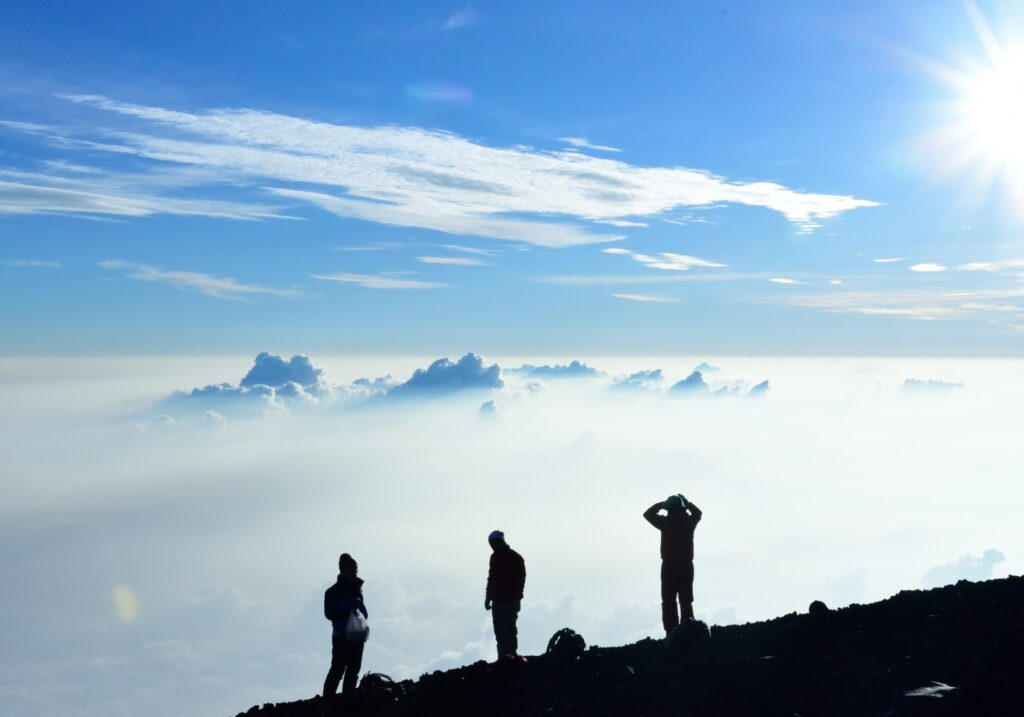
Fuji’s official climbing season runs from early-July until mid-September, during which time, all trails and mountain facilities are open. Weather is typically mild and this time and snow will be gone from the mountain. Visitors have the option of summitting Fuji via different trails including the Yoshida Trail – open from early-July until mid-September – along with the Subashiri, Gotemba and Fujinomiya Trails – open from mid-July until mid-September. Stations are positioned along each trail with most climbers choosing to walk from the 5th station of their chosen trail. The Yoshida Trail is the most popular and as such, the Fuji Subaru Line 5th Station on that trail is a very popular starting point for many visitors. From the 5th station, it takes between 5 to 7 hours to ascend and 3 to 5 hours to descend.
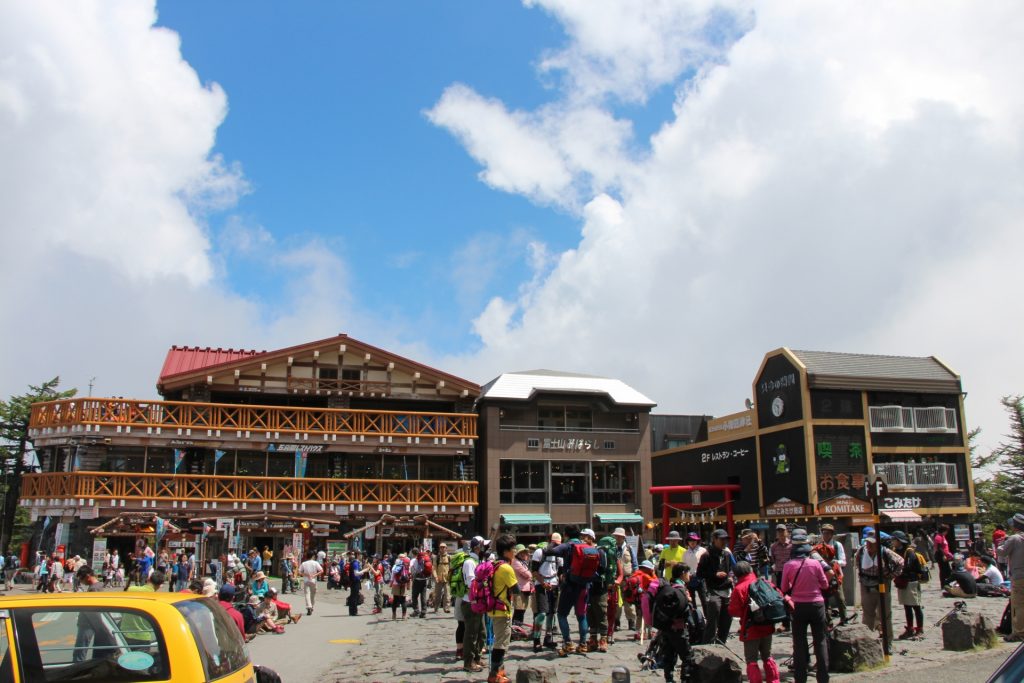
Climbing Fuji is an extremely popular undertaking for both Japanese and international visitors. The more popular trails are likely to be congested as you join a column of many hundreds of people moving up the mountain. Mountain huts are available around the 7th and 8th stations however these book-out, so should wish to use one, make sure to reserve your spot well in advance.
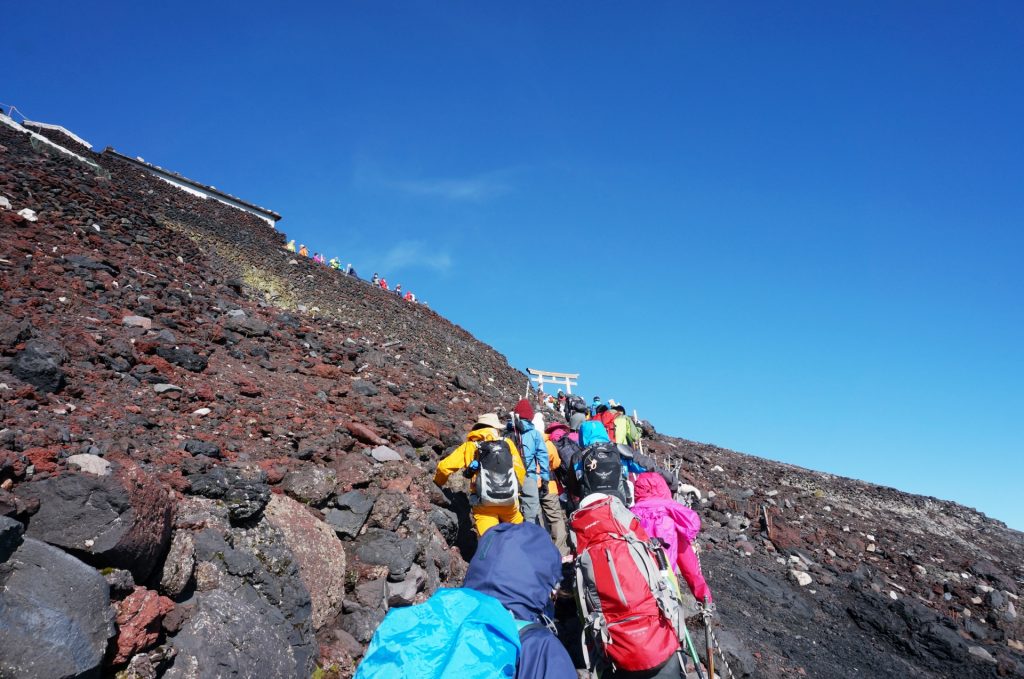
It is also worth noting that Fuji stands at just under 4000 metres in height. As you ascend, the air is notably thinner. It will affect most people and can have serious health implications for some visitors. Even in summer, temperatures can be cold – potentially below 0°C – near the summit, so make sure you are well-prepared and suitably dressed. Finally, Mount Fuji is an active volcano and your personal safety should be your first priority. The Japan Meteorological Agency provides real-time advice and warnings for the entire country. Prior to visiting Fuji, we recommend checking the following website.
2 / ENJOY THE BEST VIEWS OF FUJI / all year round
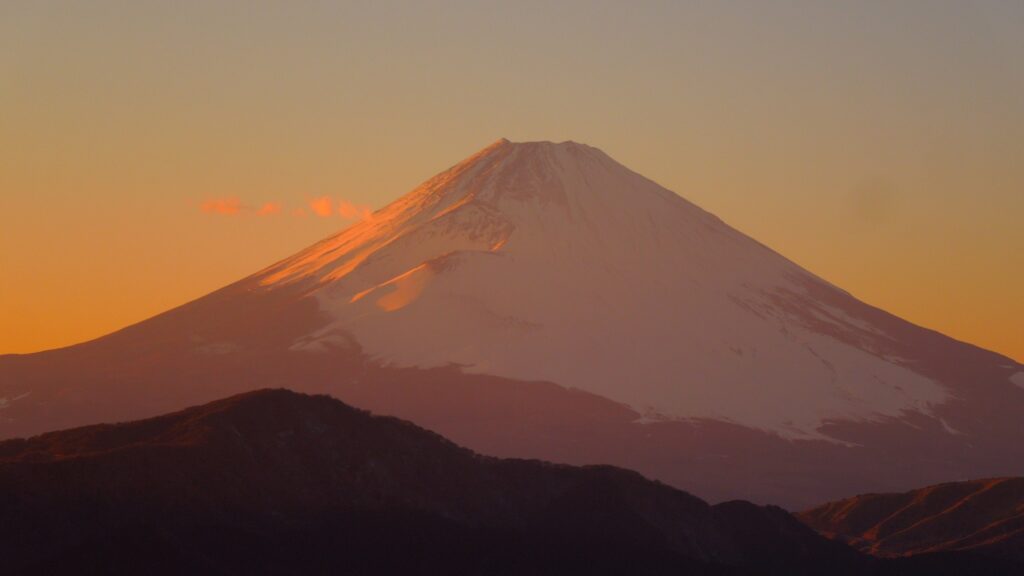
Rising almost 4km above sea level, Mount Fuji is an unmissable sight. Equally imposing as it is beautiful, the mountain can be seen for great distances and from endless angles. Some of the most beautiful views of Fuji can occur from the most unexpected and mundane places – a convenience store car park or while driving or walking along a nameless suburban street.
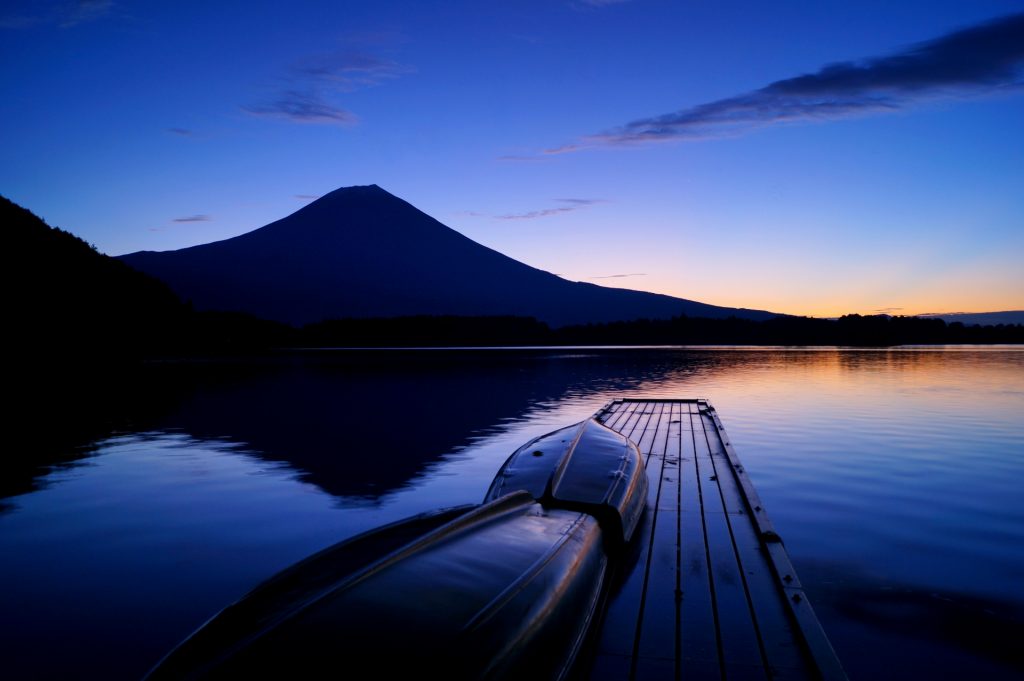
Many visitors to the area want that classic photo of Fuji, set against a reflective lake or behind a tranquil temple. In that regard, these are three of the best locations from where to view and photograph Mount Fuji:
1 / Kawaguchiko: as one of the ‘Fuji Five Lakes’, the huge expanse and shoreline of Kawaguchiko offers outstanding views of Fuji – pictured above. Kawaguchiko is packed full of amazing activities to enjoy. For example, Oishi Park, Kawaguchi Asama Shrine & Tenku no Torii, and the Mount Fuji Panoramic Ropeway are all great options to be enjoyed in the Lake Kawaguchiko area. Click on the activity page links to find out more!
2 / Oshino Hakkai: is a reconstructed traditional village centred around eight naturally occurring ponds, fed by the snowmelt each spring.
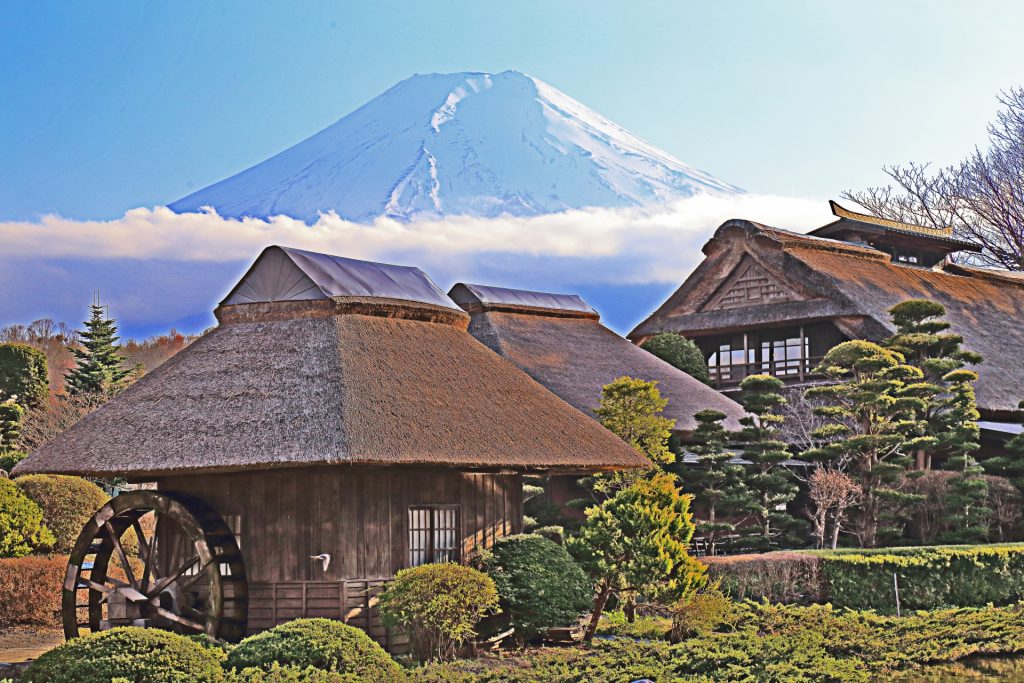
Bridges and paths lead between the ponds and past traditional thatch-roofed buildings – a beautiful setting from which to view Mount Fuji looming nearby.
If you want to visit some of the destinations listed above to get the best views of Mount Fuji, then join our ‘Mount Fuji Day Trip : Adventure Around Lake Kawaguchiko’ tour and our ’1 Day Tour : Mount Fuji and Hakone’ tour!
3 / THE 'FUJI FIVE LAKES' (FUJIGOKO) / all year round
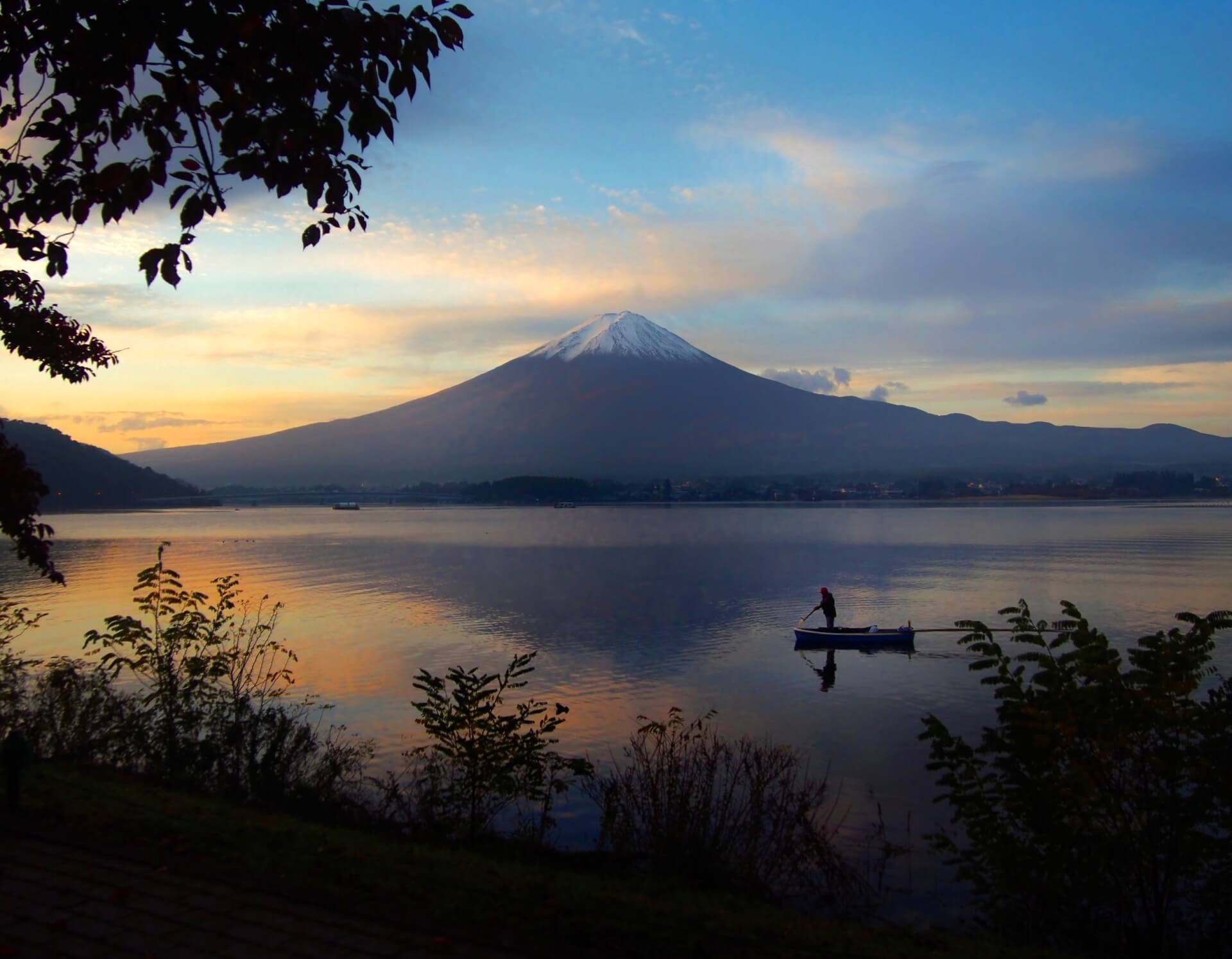
Sitting at the base of mountain, five bodies of water make-up what is collectively referred to as the 'Fuji Five Lakes' or 'Fujigoko'. Ranging in size and character - with some lakes much more developed than others - visiting any of the five offers some of the best views of the mountain, amazing photography and lots of accommodation options. Of the five, Kawaguchiko or ‘Kawaguchi Lake’ is offers great views of Fuji and lots of accommodation options, while the other lakes of Saiko, Yamanakako, Shojiko and Motosuko all have their own character and reasons to visit as you explore the region. Kawaguchiko is also the easiest to access using public transport and offers the most attractions around its shores. On a fine day, the views of Fuji from Kawaguchiko are truly fantastic and based on that reputation, the area surrounding Kawaguchiko has been developed with hotels and guesthouses, restaurants and cafés, museums, shops, markets and more.
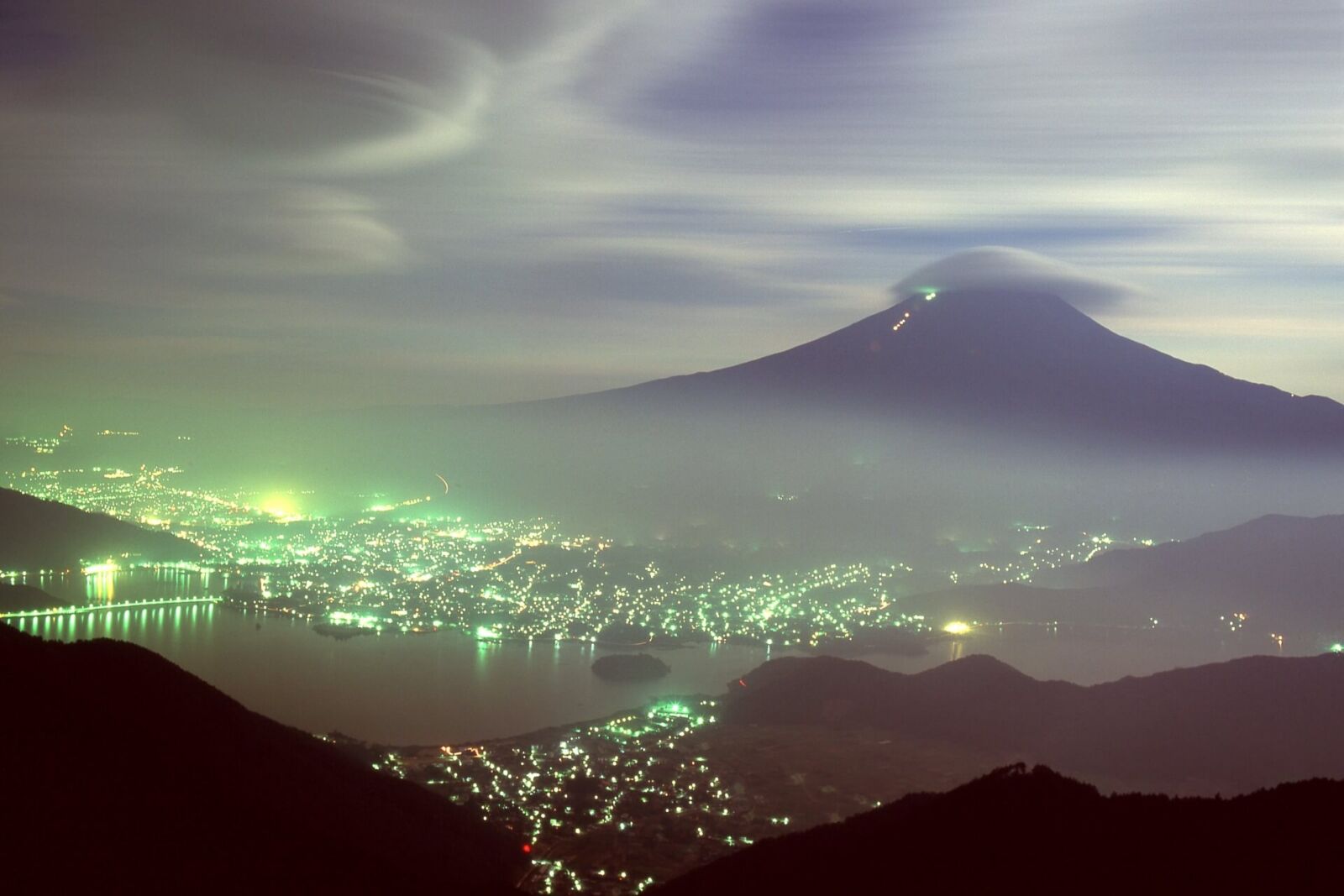
Kawaguchiko is worth visiting regardless of season with each of year framing the imposing mountain in different colours and light. Autumn in particular is spectacular as the leaves change colour and markets pop-up on the shore of the lake. Just make sure to keep any eye on the forecast and head there on a clear day, when the view is sure to be truly spectacular. For more information about staying around the lakes and other areas nearby the mountain, see our 'Where To Stay Around Mount Fuji' page.
4 / ITCHIKU KUBOTA ART MUSEUM / all year round
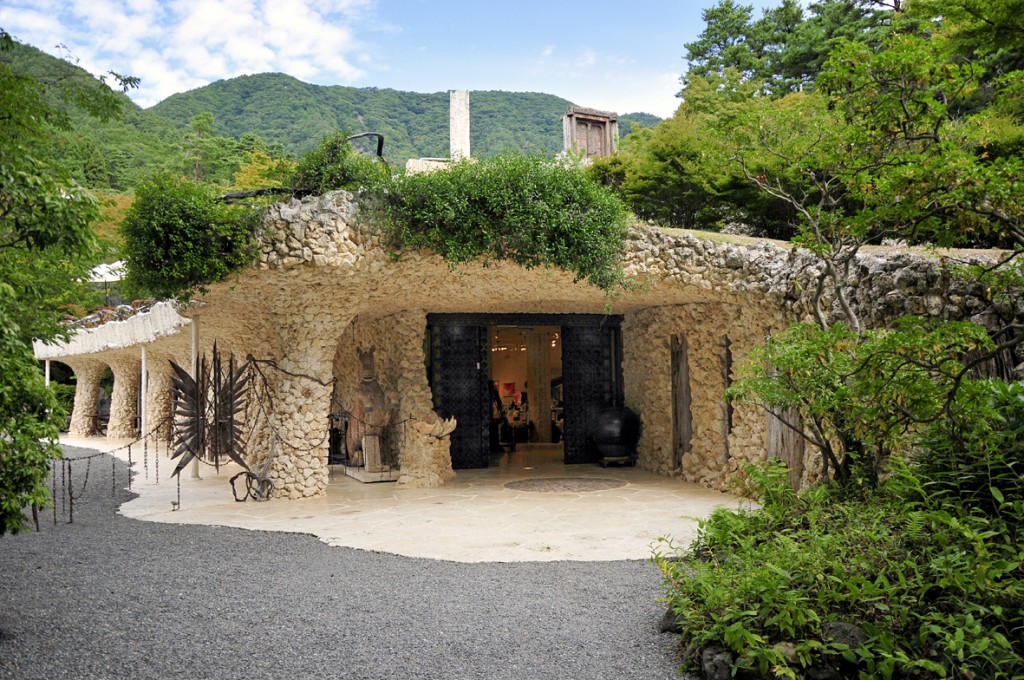
Located within easy walking distance of Kawaguchiko, the Itchiku Kubota Art Museum profiles the life and work of textile artist Itchiku Kubota. The museum consists of the main exhibition building, the Gaudi-esque ‘New Wing’ building, two cafes and a landscaped garden. During his lifetime, Itchiku Kubota (1917-2003) achieved only limited fame in Japan but was recognised and awarded in Europe for his mastery of the ‘Tsujigahana’ dying technique – an antiquated technique used during the Muromachi Period (1336-1573). Kubota revitalized and mastered the old technique and in doing so, produced stunning and elaborate kimono.
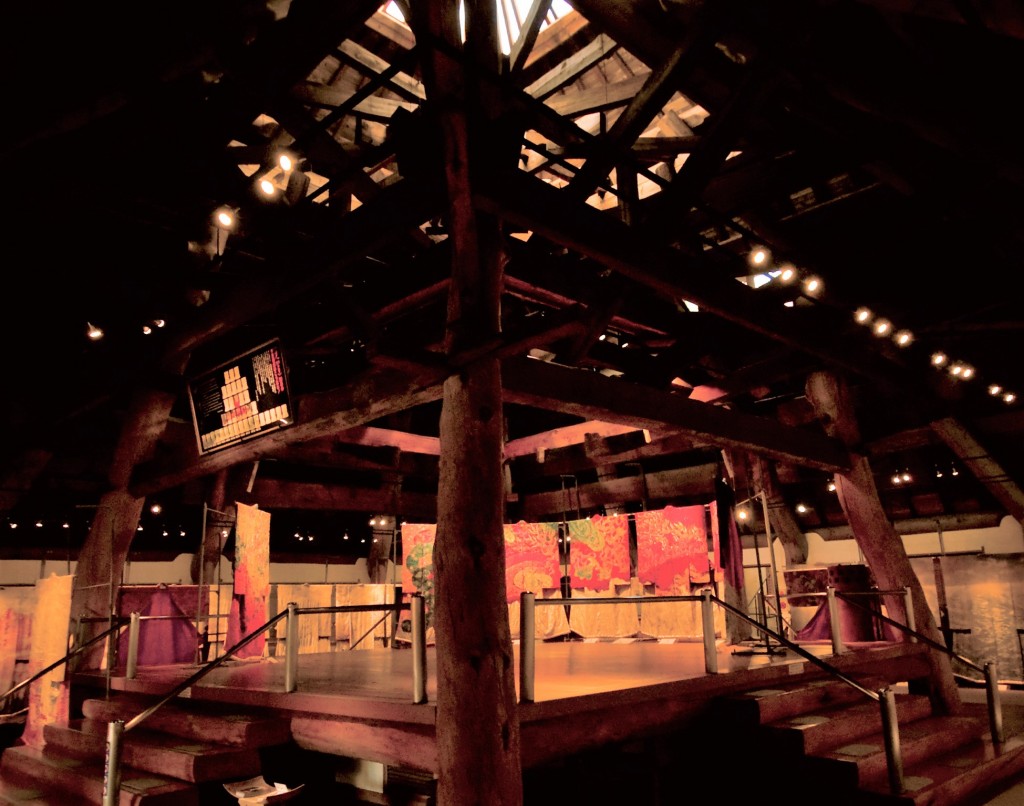
The main building – a pyramid-shaped timber structure – displays Kubota’s ‘Symphony of Light’, an exquisite series of kimono with further information and video presentations of this life and work. The museum also includes Kubota’s private collection of artworks including his collection of glassware and beads, from around the world.
If you would like the opportunity to visit this unique museum, it is included on our ’Mount Fuji Day Trip : Adventure Around Lake Kawaguchiko’ tour!
5 / FUJI-Q HIGHLAND / all year round
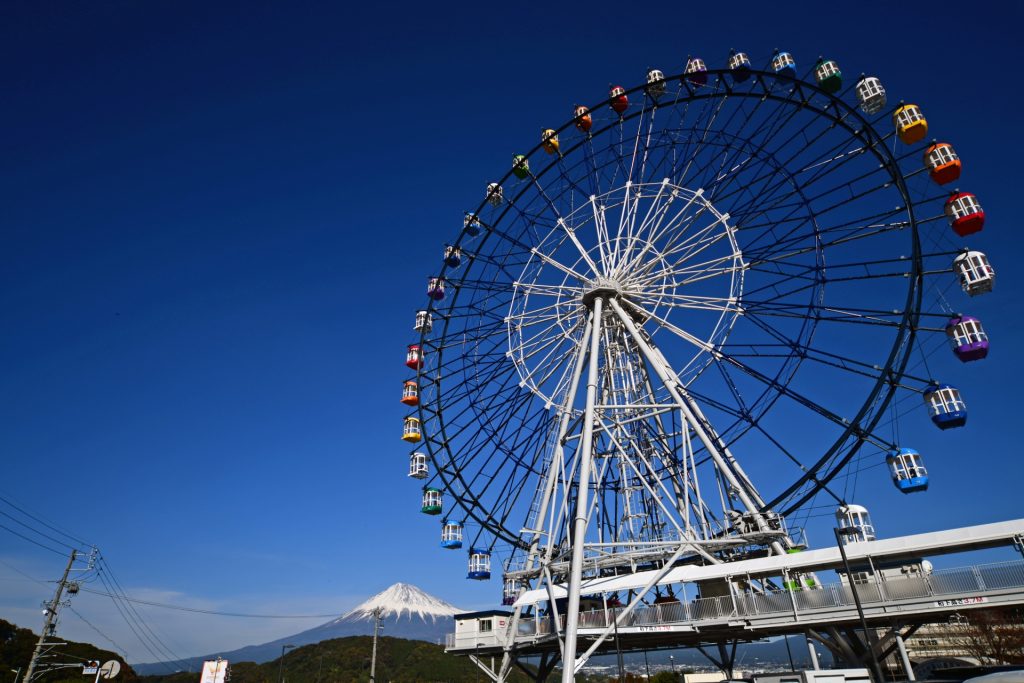
Want to get the adrenaline pumping? Then you need to head to Fuji-Q Highland. Located in the shadow of Mount Fuji, Fuji-Q Highland is one of Japan’s most popular amusement parks and home to its best rollercoasters. The park boasts four main rollercoasters: 1. Fujiyama – once the world’s fastest and tallest and still one of the best; 2. Dodonpa – said to have the fastest acceleration of any rollercoaster in the world; 3. Takabisha – the steepest rollercoaster in the world; and 4. Eejanaika – the park’s ‘4th dimension’ rollercoaster, with rotating seats within the car.
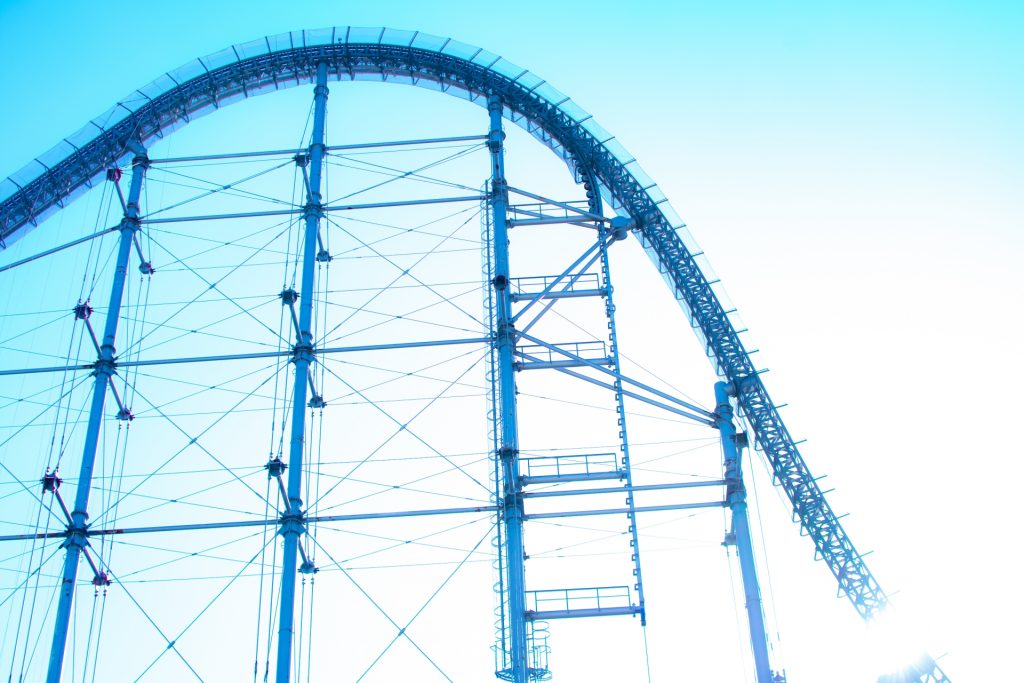
The park includes other rides including those suited to children along with mazes and other attractions. For the younger kids, ‘Thomas Land’ is based on the popular Thomas the Tank series. Restaurants, gift shops and the Highland Resort Hotel and Spa are also available. Fuji-Q Highland draws devoted fans from all over the world so expect long queues for the rollercoasters, particularly on weekends and holidays.
6 / FUJIYOSHIDA SENGEN SHRINE / all year round
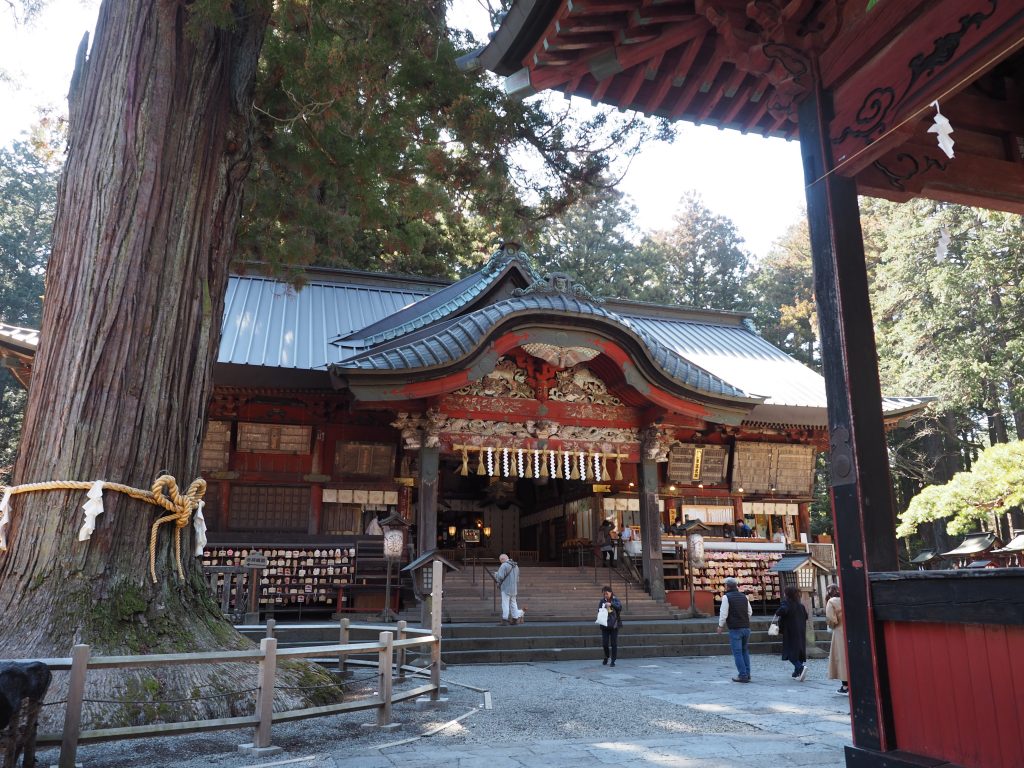
Fujiyoshia Sengen Shrine is one of many around Fuji dedicated to the Shinto goddess, Konohara-sakyua Hime. Translating as ‘Princess Blossom of the Trees’, the deity and this shrine have a strong association with the mountain. The shrine acts as the trailhead for the Yoshida Trail that ascends to the summit of Fuji and even if they won’t walk from there, many climbers enroute to climb Fuji stop at the shrine to pay their respects, invoke the spirit and ask for safe passage. Regardless of whether you will be climbing Fuji yourself, the shrine is well-worth a visit. Set back from the road and along an avenue of trees – typical of many Shinto shrines – the shrine is a solemn and beautiful destination.
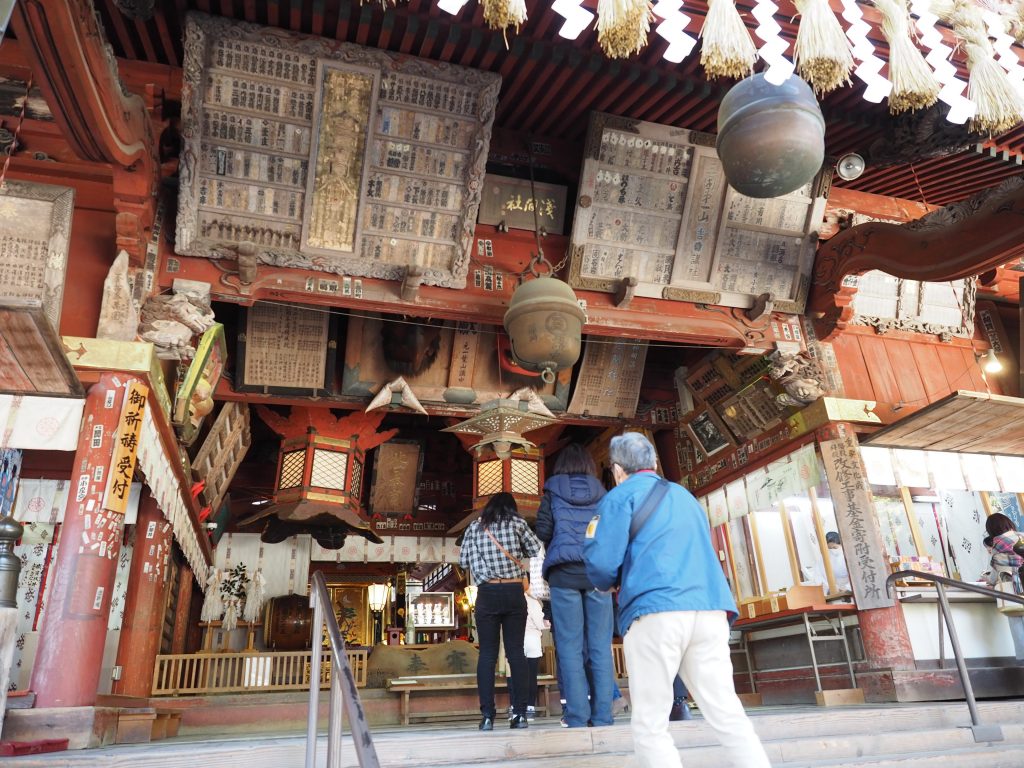
7 / ARAKURA FUJI SENGEN SHRINE AND CHUREITO PAGODA / all year round
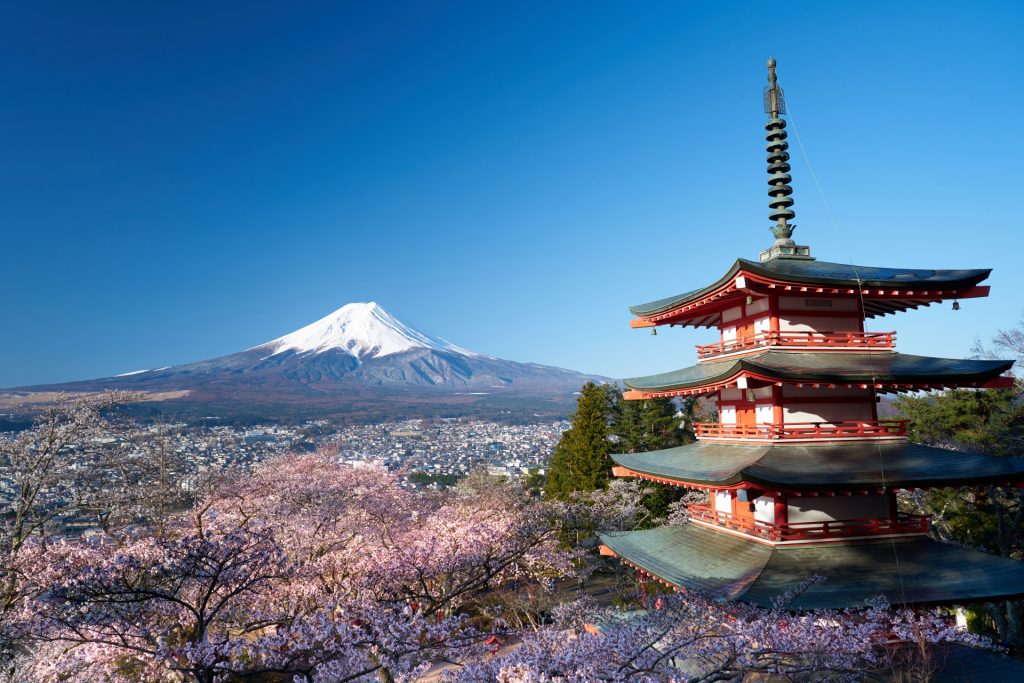
The shrine and pagoda are one of the most famous and iconic locations to view Mount Fuji. If you have read a magazine or book on Japan travel, you will have most likely seen a picture of the red pagoda with Fuji in the background! Many people like to come here in Spring to see the Cherry Blossoms and Autumn to see the coloured leaves, but we highly recommend visiting any time of year. The shrine and pagoda are located nearby Shiomyoshida Station, Chureito Padoga is part of Arakura Sengen Shrine. To reach the pagoda, visitors must ascend a long and somewhat trying stone staircase of almost 400 stairs but in doing so, move above the town below and to a fantastic view of Fuji. With the pagoda in the foreground, visitors can capture that quintessential photo of the mountain, which in spring and autumn is even more spectacular framed by the blossoms and coloured leaves.
You can access the shrine and pagoda by using the local train from Kawaguchiko station. It takes approximately 15 minutes to arrive, and the shrine is then another 10 minute walk from the station. So make sure to factor this in to your travel time and itinerary.
If you would love to visit this iconic destination, join our ’1 Day Tour : Mount Fuji and Hakone’ tour!
A little further afield, let's now explore Hakone... Lying to the southeast of Fuji, Hakone sits in the Fuji-Hakone-Izu National Park – a beautiful region known for its hot springs, forests, and beautiful views of the mountain. When heading to Hakone, there’s only one place to start – onsen!
8 / HOT SPRINGS OF HAKONE / all year round
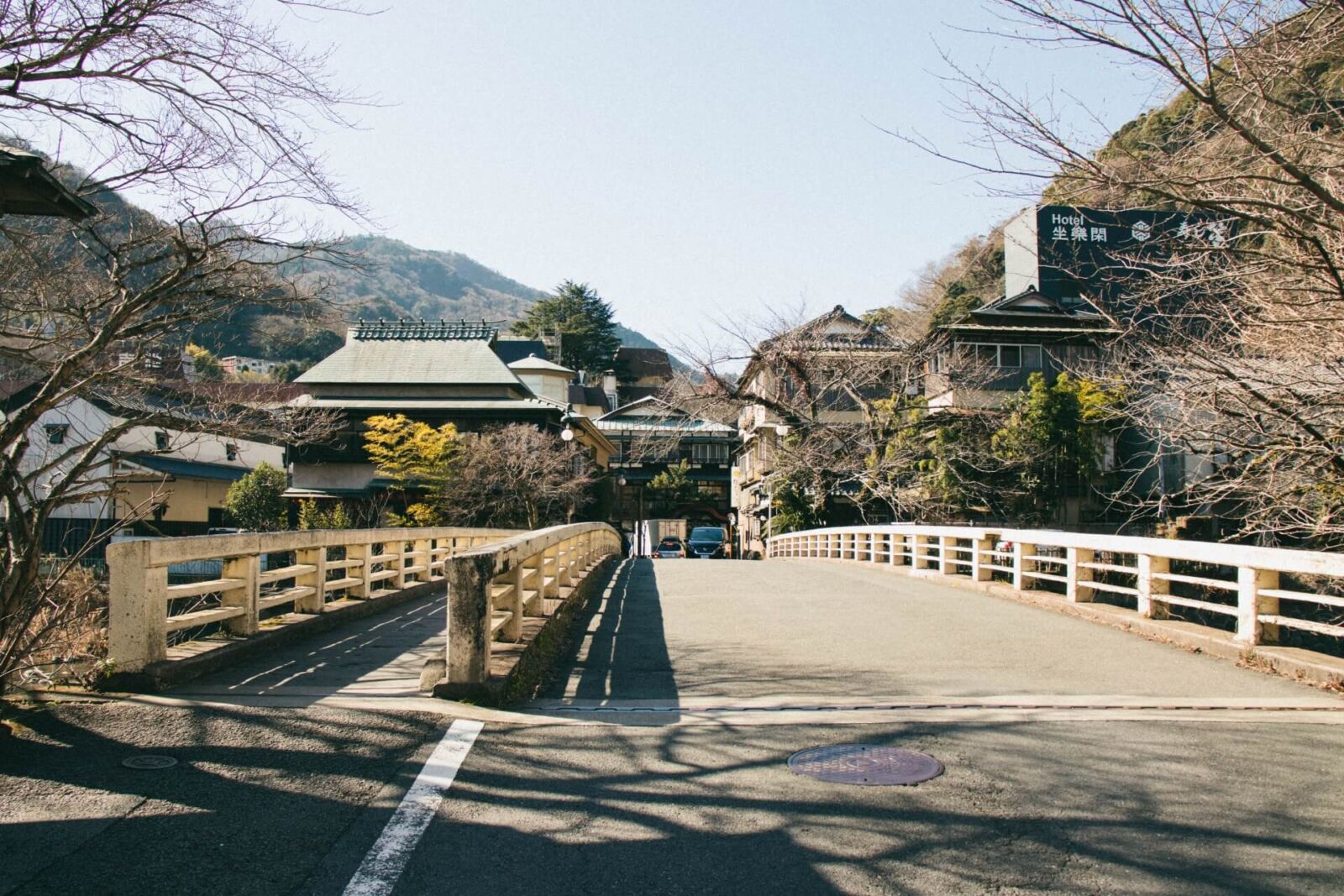
Easily accessible from Toyo, Hakone is one of Japan’s most famous hot spring areas. Set amongst the beautiful landscape of the national park and often enjoying outstanding views of Mount Fuji, the numerous onsen of the region have long been visited by those seeking beauty and relaxation. There are numerous hotels and ‘ryokan’ (traditional guesthouses) in the area, catering to all tastes and budgets. Readily accessible from Tokyo, Hakone is well-established as a stop on the tourist trail. For accommodation listings around Hakone, please refer to our ‘Hakone Onsen Area’, hotel page.
9 / POLA MUSEUM OF ART / all year round
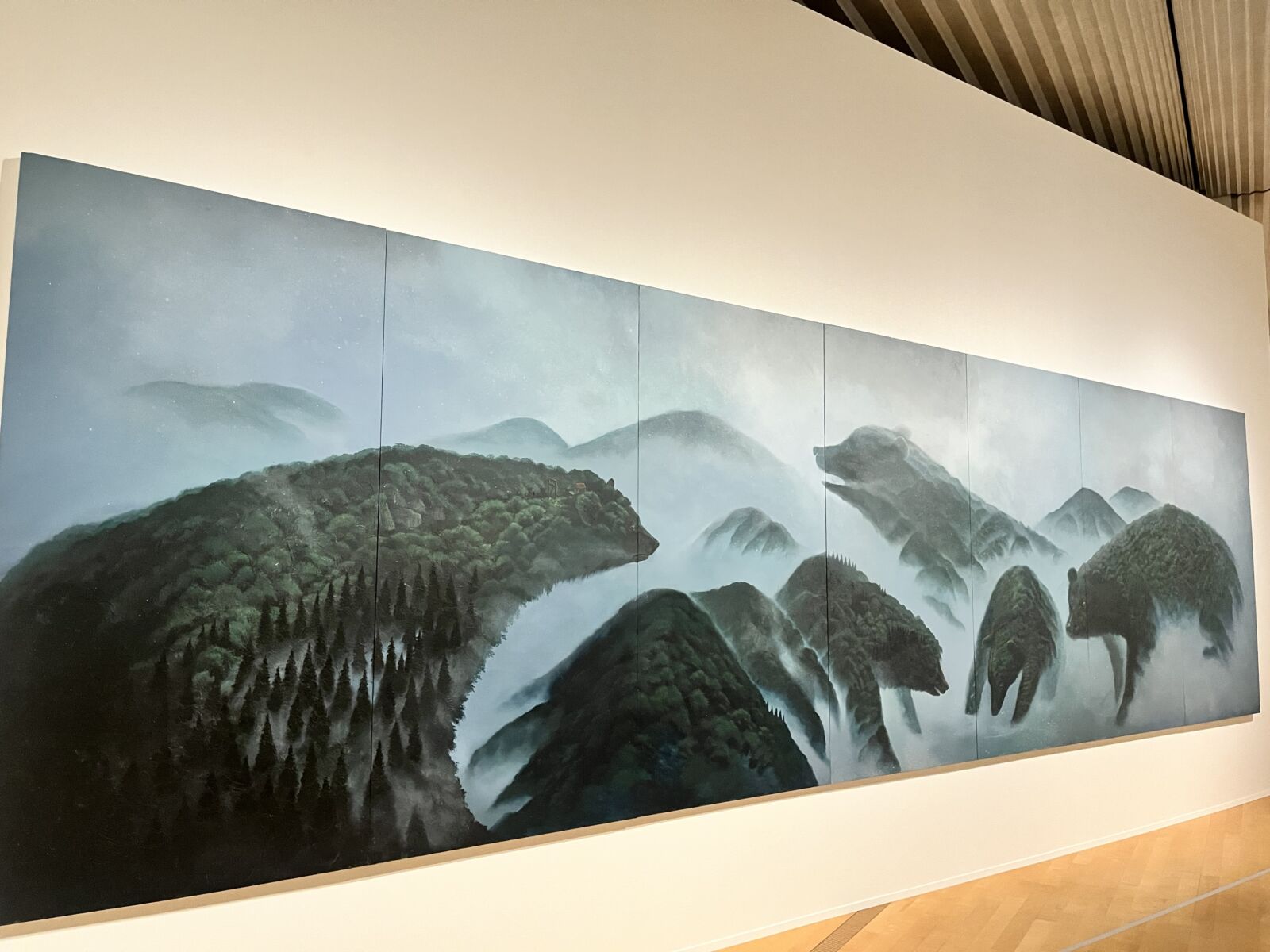
The Pola Museum is another must visit for any art lovers out there! A beautifully modern and minimalist building that houses a wide collection of contemporary art from not only Japanese artists, but artists all over the world! You can easily spend a few hours here, enjoying the art, the Museum’s cafe and the amazing grounds that surround the museum where you can see some outdoor art installations.
10 / HAKONE OPEN-AIR MUSEUM / all year round
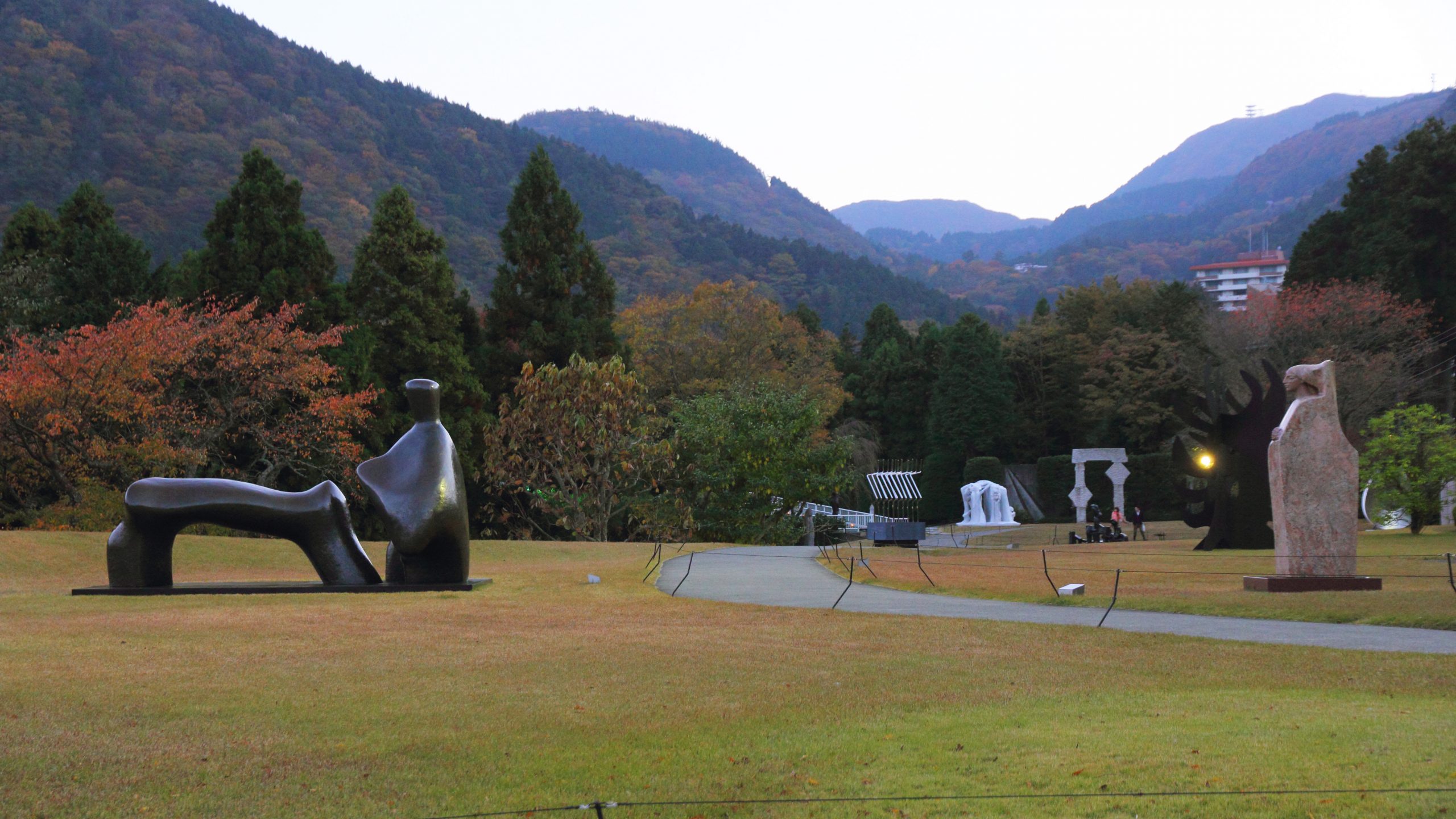
The Hakone Open-Air Museum mixes traditional indoor galleries and exhibition spaces with outdoor installation of many artworks. Set among the beautifully manicured museum grounds, and set against the lush backdrop of the surrounding forest, the museum marries the display of art with the environment in-keeping with the increasingly popular trend in Japan. Artworks from renowned artists including Picasso, Rodin and Medardo Rosso are among the large collection on display, with pieces by many other important artists included.
11 / OWAKUDANI / all year round
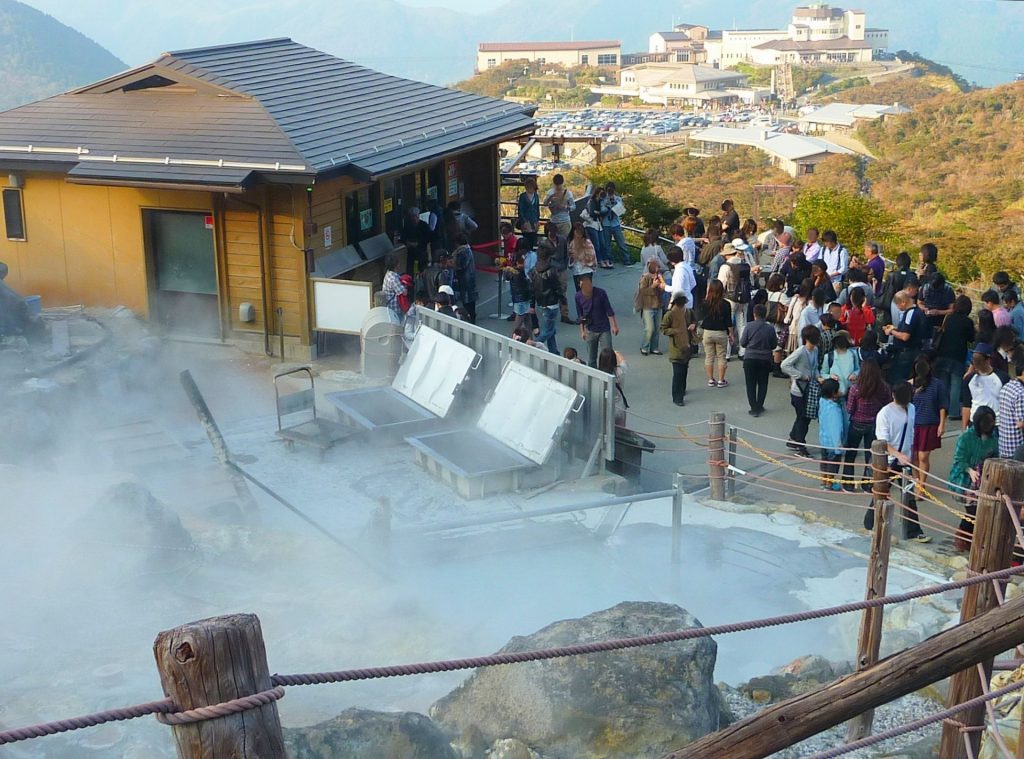
Accessible via the Hakone Ropeway, Owakudani is a dramatic volcanic zone, characterized by boiling hot springs, hot rivers and sulfurous clouds drifting through the valley. The area was formed around 3000 years ago when the Hakone volcano last erupted. Today, it draws many visitors who come to experience a landscape they will rarely have the chance to visit - and so close to major urban centres!
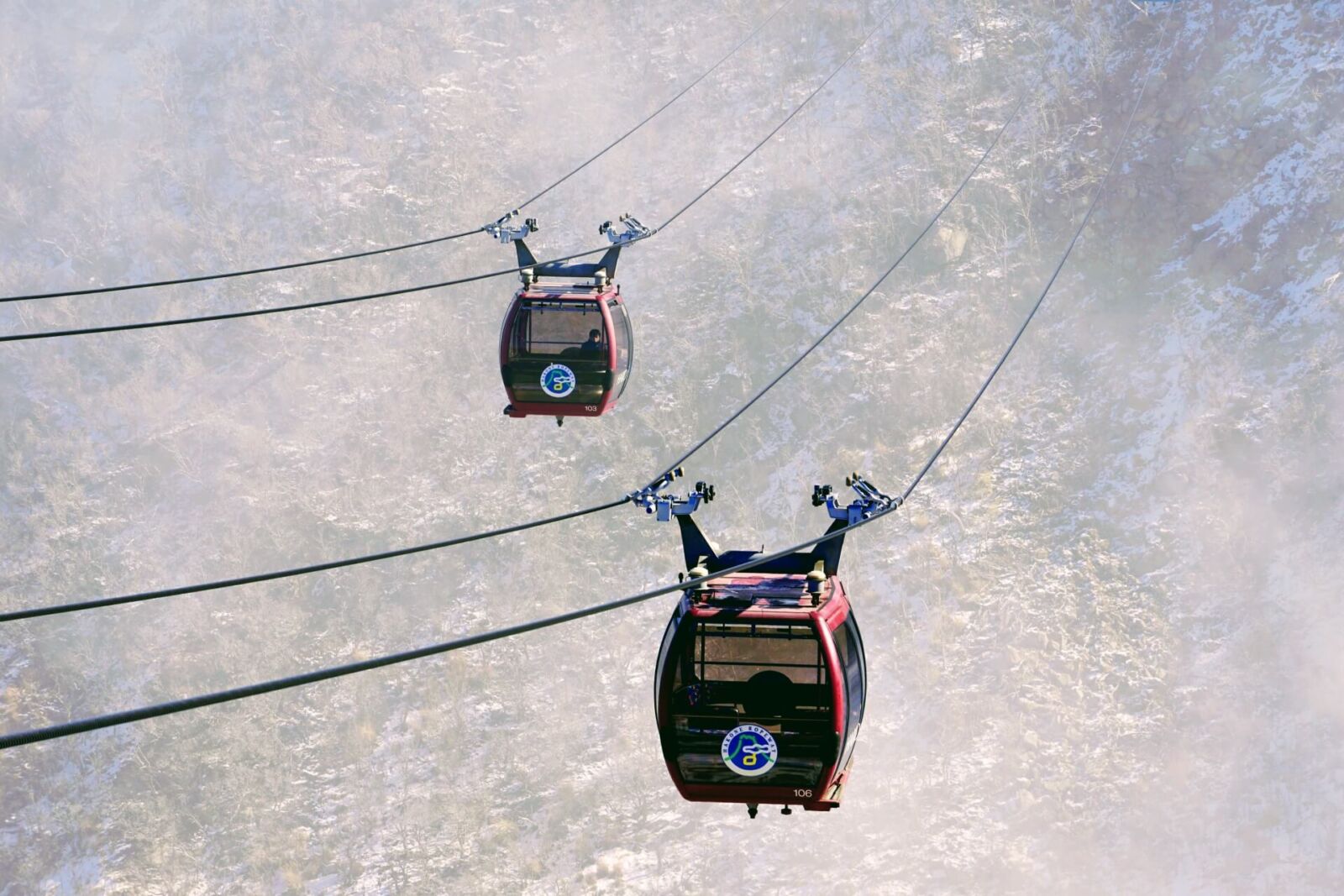
Walking trails lead around the volcanic zone with restaurants and souvenir shops also available. There is even a museum at the top of Owakudani. So even if the weather isn’t great, there is something to do. On a clear day, visitors can enjoy another fantastic view of Fuji from Owakudani. If you’re feeling brave, you can even try eating ’Onsen Eggs’, eggs that are cooked in the volcanic steam and as a result are colured black!
12 / ASHINOKO (LAKE ASHI) / all year round
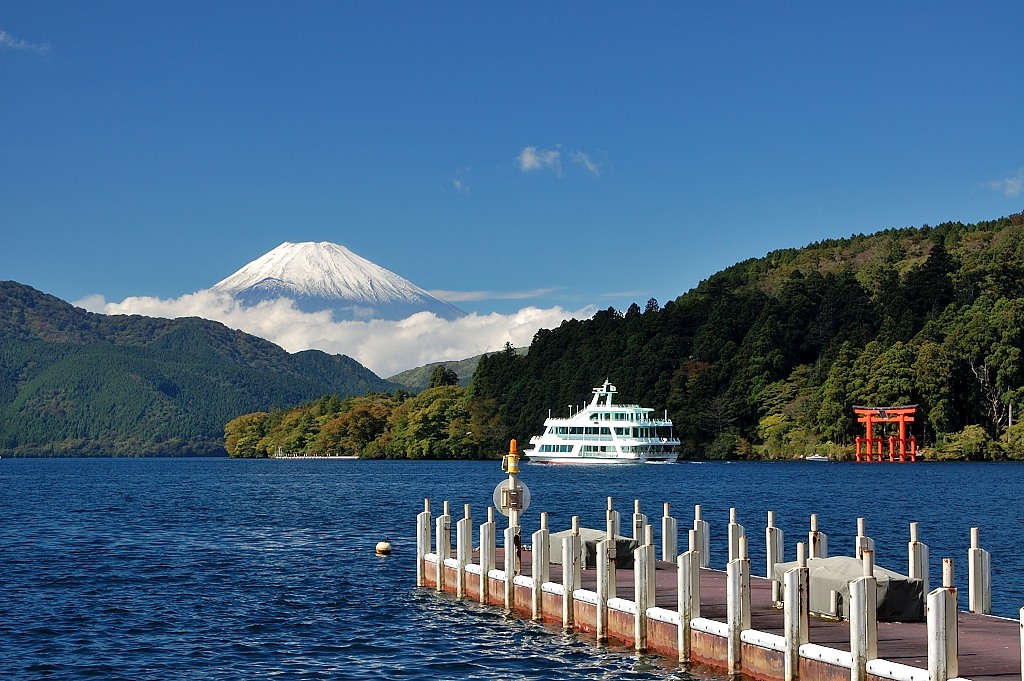
Accessible from Hakone using the Hakone Tozan Railway and then the Hakone Ropeway, ‘Ashinoko’ or Ashi Lake is a popular destination known for its beautiful view of Fuji. When planning a visit to Ashinnoko it should be noted that if the weather is overcast or raining there may well be no view of the mountain. Yet on a clear day, the view is beautiful and allows for some terrific photography. Two companies operate sightseeing boats on the lake. Expect to pay around JPY1000 with cruises lasting a relatively short 30 minutes.
If you would like to take a boat ride across Lake Ashinoko and experience views of Mount Fuji and Hakone Shrine, then join our ’1 Day Tour : Mount Fuji and Hakone’ tour!
13 / HAKONE TOZAN RAILWAY / best: spring and autumn
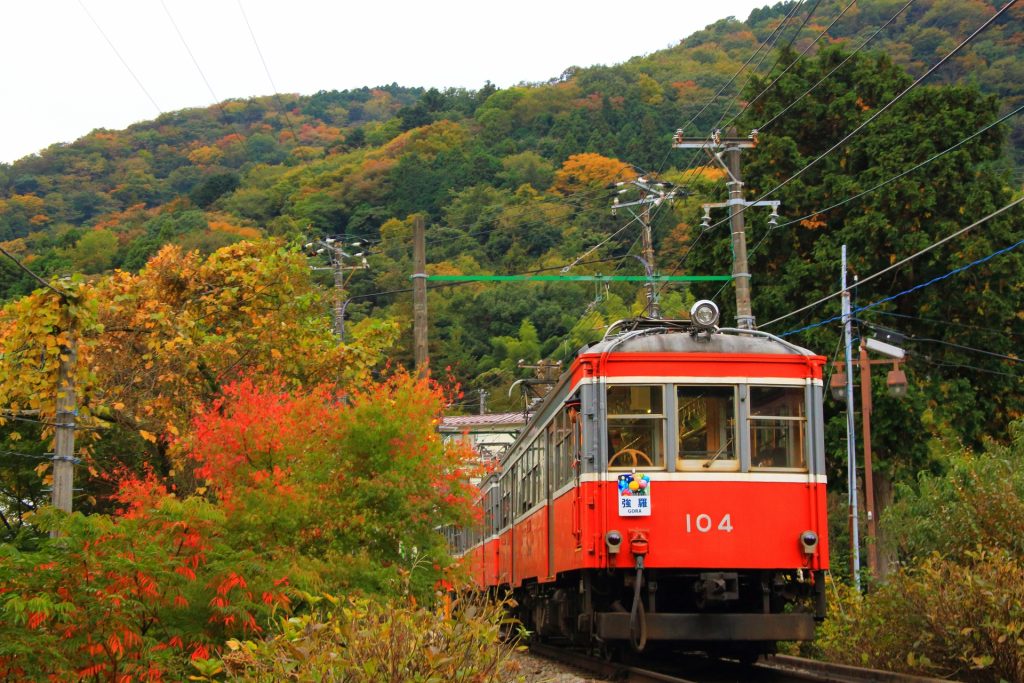
Running from Hakone-Yumoto Station – in central Hakone – to Gora Station, the Hakone Tozan Railway is an enjoyable 35-minute ride on Japan’s oldest mountain train line. In doing so, the railway provides access to and from the Hakone Ropeway – ascending to Ashinoko via Owakudani. The railway is single track and in door to ascend the steep mountain incline, requires three switchbacks when the train pulls inside a side yard in order to switch tracks and continue onward.
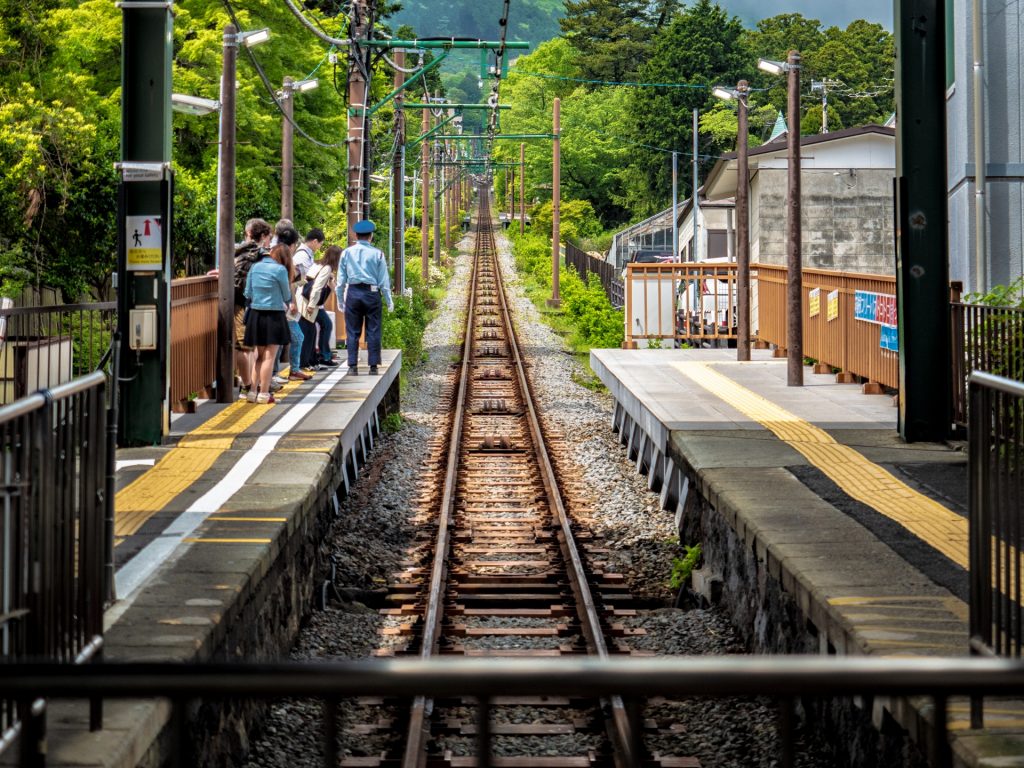
Particularly beautiful in June and July when ‘ajisai’ (hydrangeas) line the tracks, and again in late-October to November when the stunning autumn leaves take hold, riding the Hakone Tozan Railway is a fun and relaxing experience.
14 / HAKONE ROPEWAY / all year round
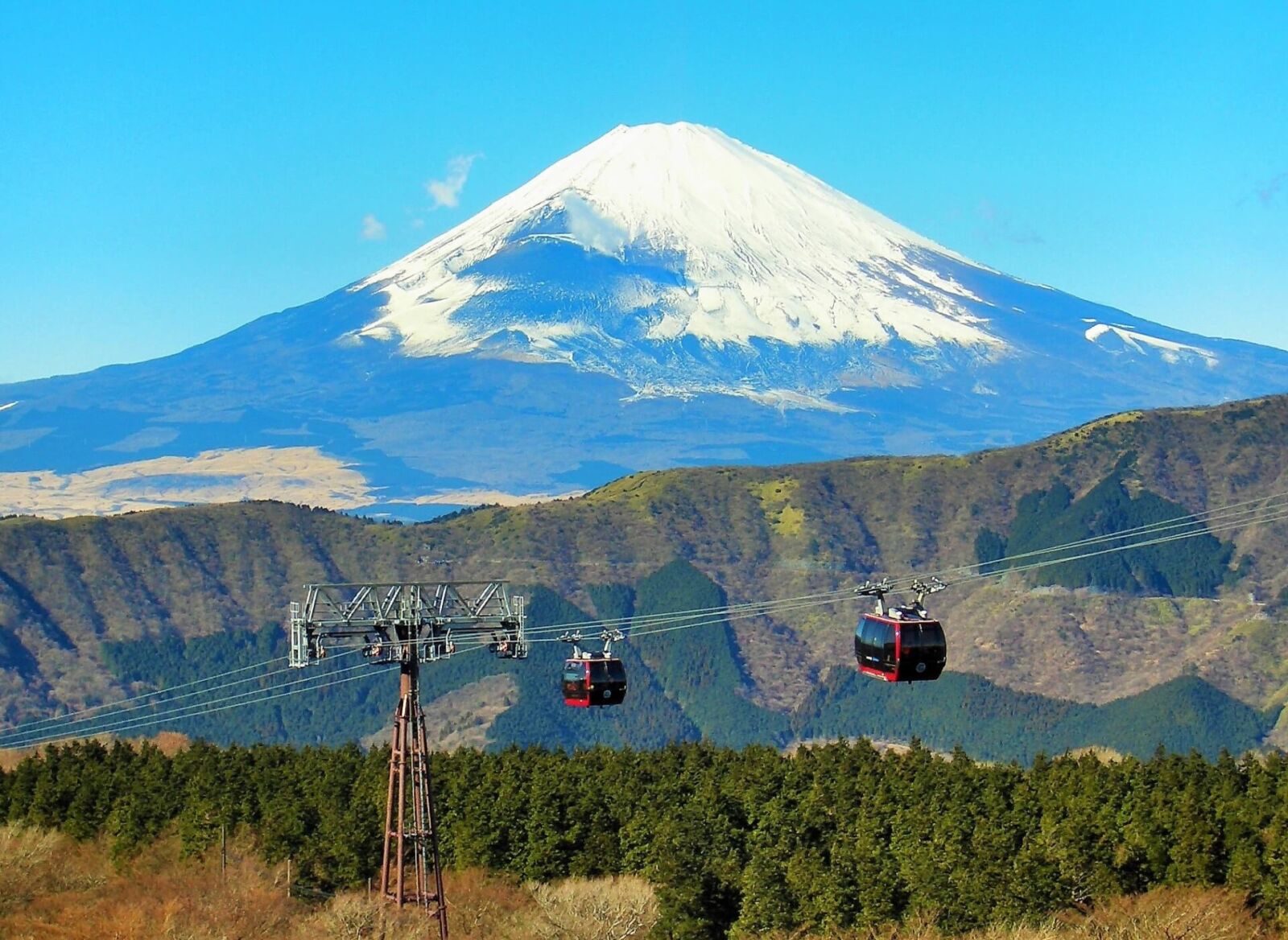
Running from Sounzan Station to Togendai Station, the Hakone Ropeway connects visitors with some of Hakone’s most popular destinations including Owakudani, the Hakone Open-Air Museum and Ashinoko. To ride from the first to last station takes around 35-minutes and costs JPY1480. In between, passengers can disembark at either Owakudani Station or Ubako Station, from where walking trails span-out through the landscape. On a clear day, the ropeway allows for fantastic views of Fuji... but as the photo above shows, it is not guaranteed.
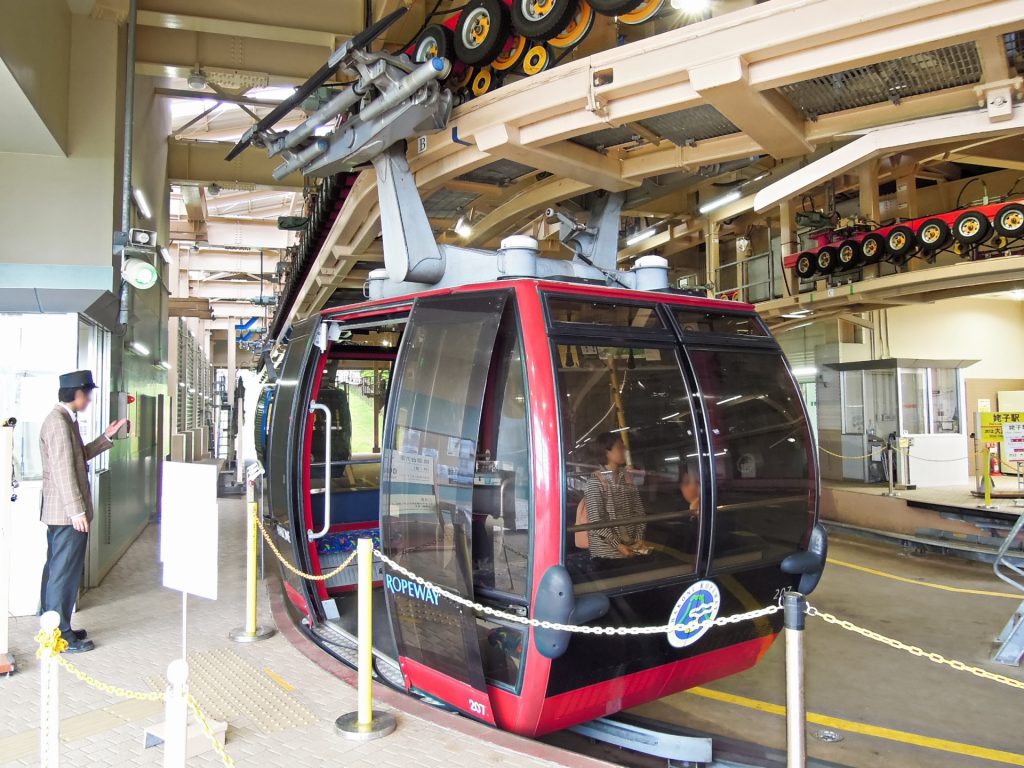
Now let's go a little further yet and dive into Central Japan... Heading north from Mount Fuji, making use of the Chuo Main Line - using the Limited Express Azusa or Limited Express Kaiji services.
Visitors can continue their journey further into Central Japan including the following destinations and activities:
15 / SUNTORY HAKUSHU DISTILLERY / all year round
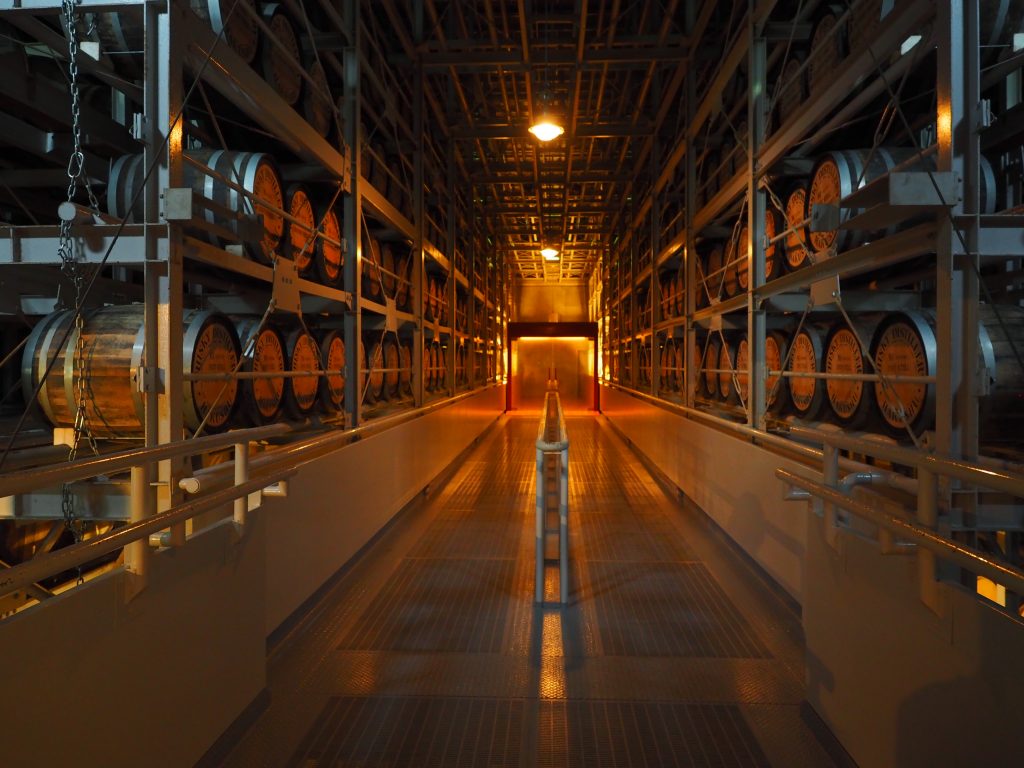
Sitting in the shadow of the South Japan Alps, the Suntory Hakushu Distillery produces some of Japan’s finest whisky and some of the most sought-after in the world. Established in 1973, the pristine water flowing from the mountains are ideal for producing whiskey and since its opening, Hakushu has won numerous international awards. The distillery is set within extensive and attractive grounds with multiple buildings including the distillery itself, a museum, large tasting and event hall and restaurant. Multiple daily tours of the distillery are available – including a tasting at the end – with a range of other options and personalised tours also available.
16 / MATSUMOTO / all year round
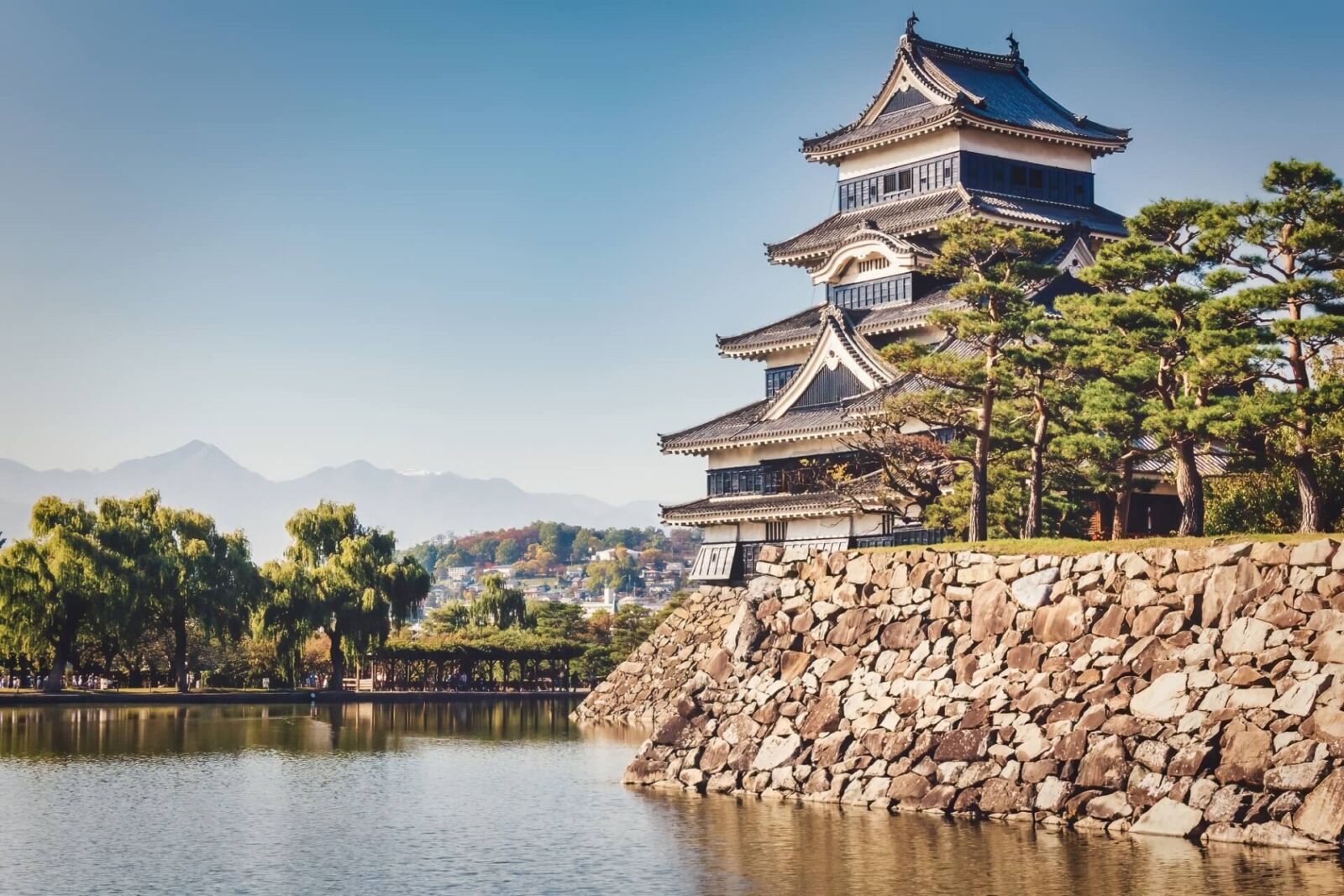
Heading further north, Matsumoto is a historic town and convenient hub from which to launch further into your exploration of Central Japan. Home of one of Japan’s last remaining original castles – a registered National Treasure – Matsumoto has a fascinating history and is home to lively arts and dining scene. Lying in the valley beneath the North Japan Alps, Matsumoto is ideally positioned to enjoy the rural surrounds of nearby Azumino including Daio Wasabi Farm and Hotaka Onsen-kyo, before heading high into the mountains toward the alpine oasis of Kamikochi.
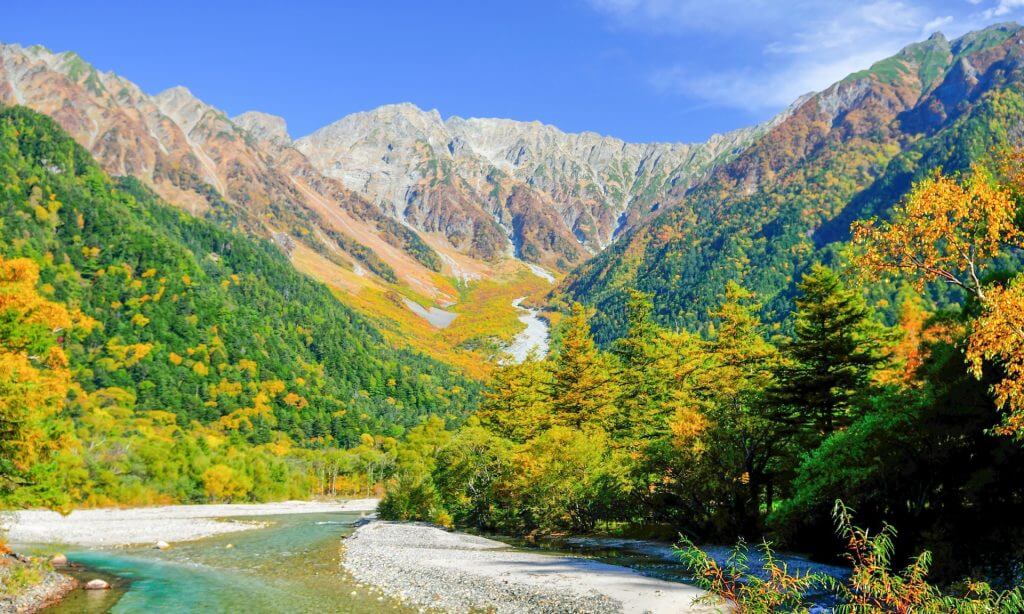
Open to the public from mid-April until mid-November, Kamikochi is considered the jewel of the Chubu Sangaku National Park. Boasting some of Japan’s best hiking trails and mountaineering courses, exploring the North Alps and Chubu Sangaku National Park is best enjoyed from spring to autumn.
17 / KISO VALLEY / all year round
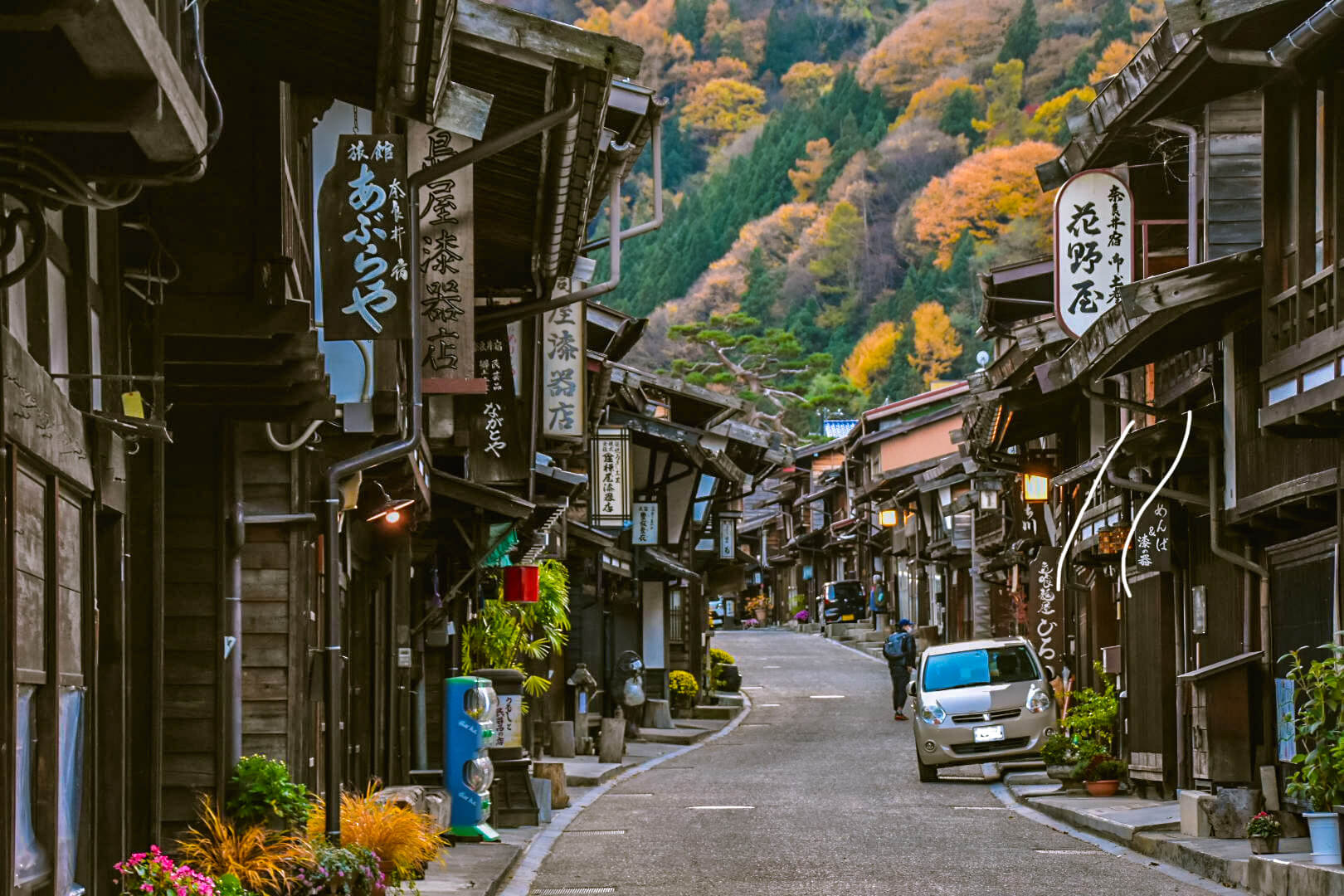
Known for its pristine beauty, typified by emerald-coloured rivers, lush forests, and quaint townships, Kiso Valley is quietly becoming a popular destination for many international visitors. Most famously, the ‘Kisoji’ section of the historic Nakasendo Trail runs through the area and is home to the best-preserved postal towns along the route including Narai, Magome and Tsumago.
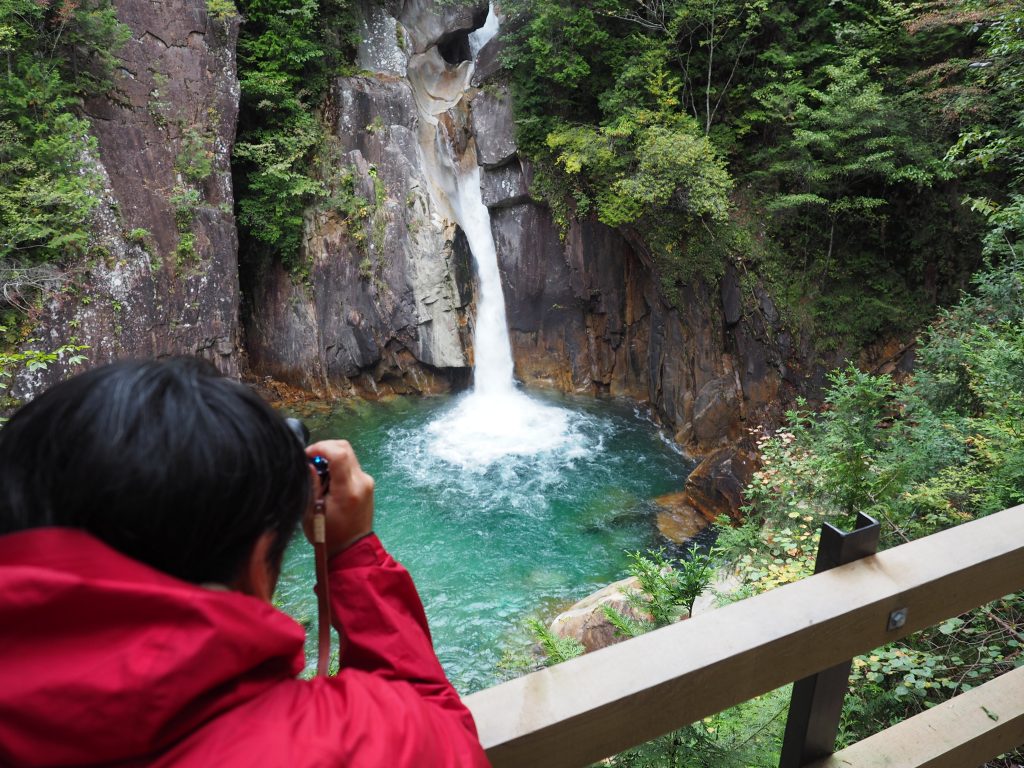
Accessible all year round, walking the Nakasendo is most enjoyable in spring and autumn. It can also be walk in summer and winter but be prepared for heat in humidity in summer, followed by deep cold and snow in winter. While in the area, make sure to explore the Kiso Ontake Mountain Range including Japan’s second tallest volcano behind Fuji, Mount Ontake. An area of rare natural beauty, verdant forests are criss-crossed by walking trails leading to gushing waterfalls and emerald reasons. For accommodation listings around Kiso, please refer to our ‘Kiso-Fukushima Area’, hotel page.
18 / HISTORIC OLD TOWN OF TAKAYAMA / all year round
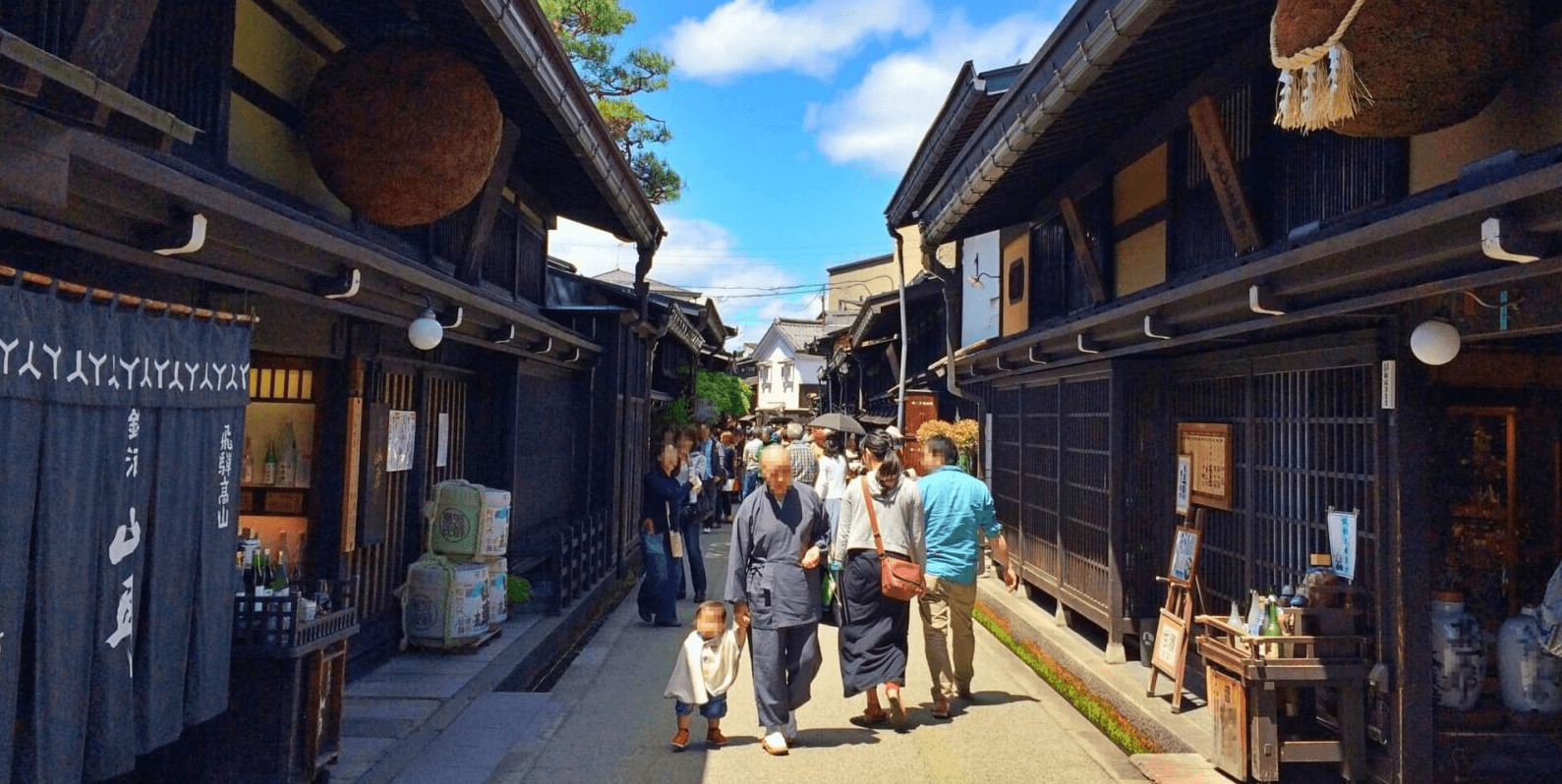
Famous for the excellent preservation of its Edo Period (1603-1868) historic centre, Takayama is a popular destination in the heart of the region. Takayama is equally well-known for its food culture including Hida beef – considered some of the best in Japan – and its famous beef sushi, Takayama ramen and more! For foodies, Takayama is a real treat. If you have your eye on a particular restaurant, make sure to book in advance! Try to avoid the middle of the day - between 11:00 and 15:00 - when large tour buses arrive and crowd the small historic area with tourists. For accommodation listings around Takayama, please refer to our ‘Takayama City Area’, hotel page.
2-Day Snow Monkey Tour: Nagano To Takayama via Matsumoto
- Spots:
- Pick-up:
- Drop-off:
19/ SHIRAKAWA-GO & GOKAYAMA / all year round
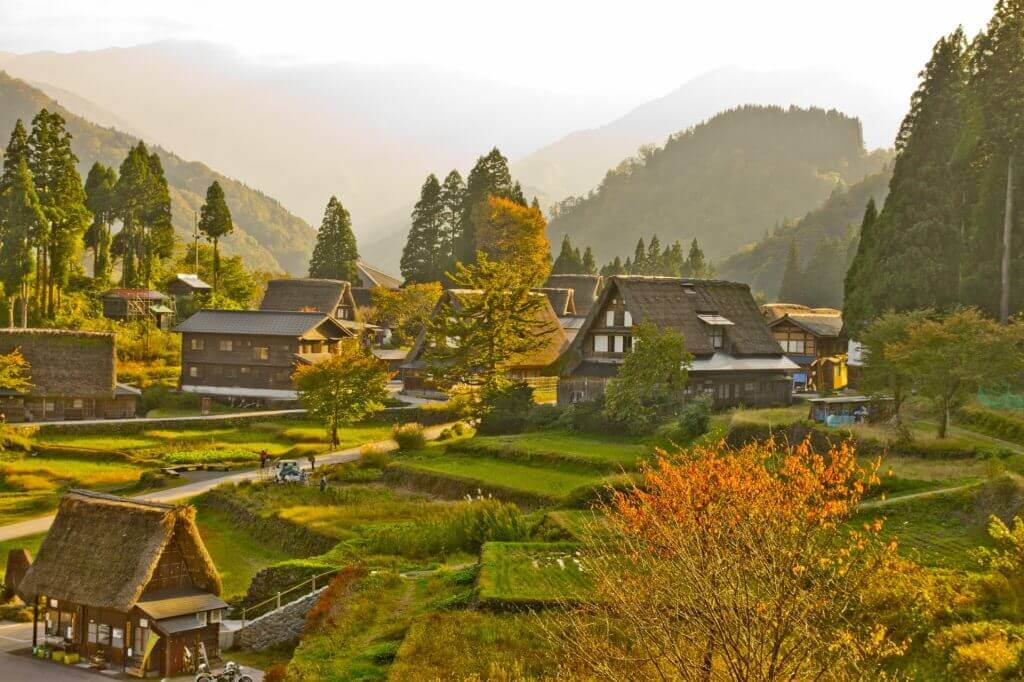
Easily accessible via Takayama, the villages of Shirakawa-go and Gokayama were inscribed on the World Heritage list in 1995. Actually consisting of three villages, they are known for this distinctive 'gassho-style' thatch-roofed houses set in a beautiful alpine setting of rice fields and high mountains above. World Heritage-listing has ensured that the villages are hugely popular with both domestic and international tourists but don't let that put you off. The villages are well-worth visiting and walking away for the central area of the main village of Ogimachi, will quickly have you unencumbered by other visitors. If you really want to avoid the crowds, consider heading to the other villages of Suganuma and Ainokura. Much smaller than Ogimachi they are also far less visited and offer a peaceful experience of these important rural hamlets.
20 / TATEYAMA-KUROBE ALPINE ROUTE & TOYAMA / all year round
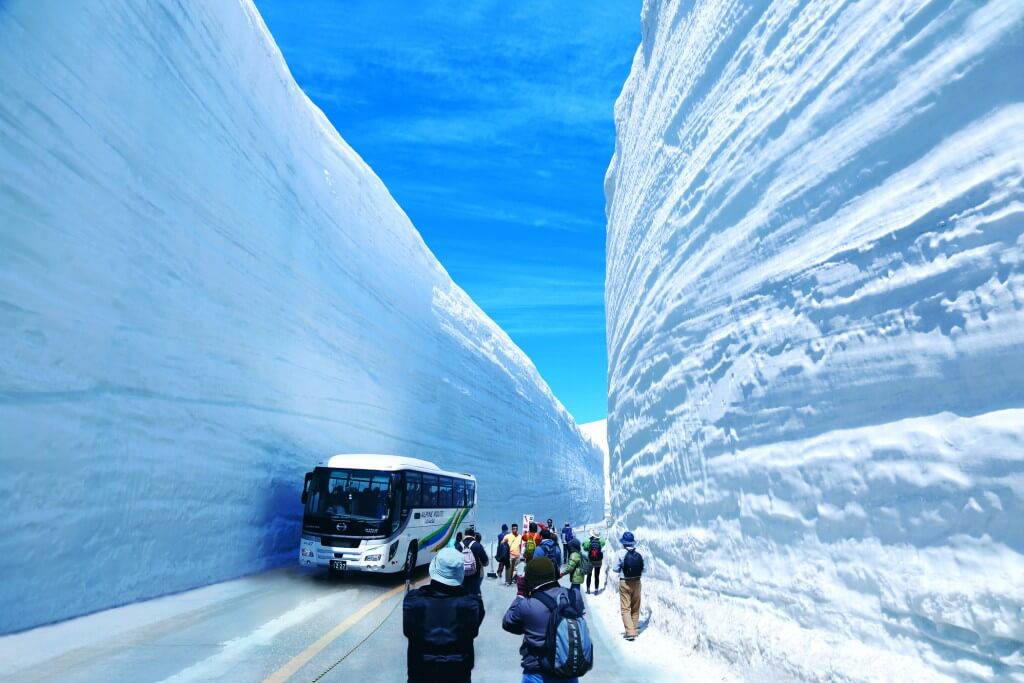
A stop on the Hokuriku Shinkansen Line – running from Tokyo to Kanazawa – Toyama is another convenient hub from which to explore the north areas of Central Japan. From Toyama, the Toyama Chiho Railway provides access to the Tateyama-Kurobe Alpine Route and its iconic Snow Walls. Open from mid-April until late-November, the Snow Walls of Tateyama-Kurobe are at their best – up to 20 metres in height! – from opening until early-June, before the melting snow reveals a lush alpine landscape and fantastic hiking trails.
21 / KANAZAWA / all year round
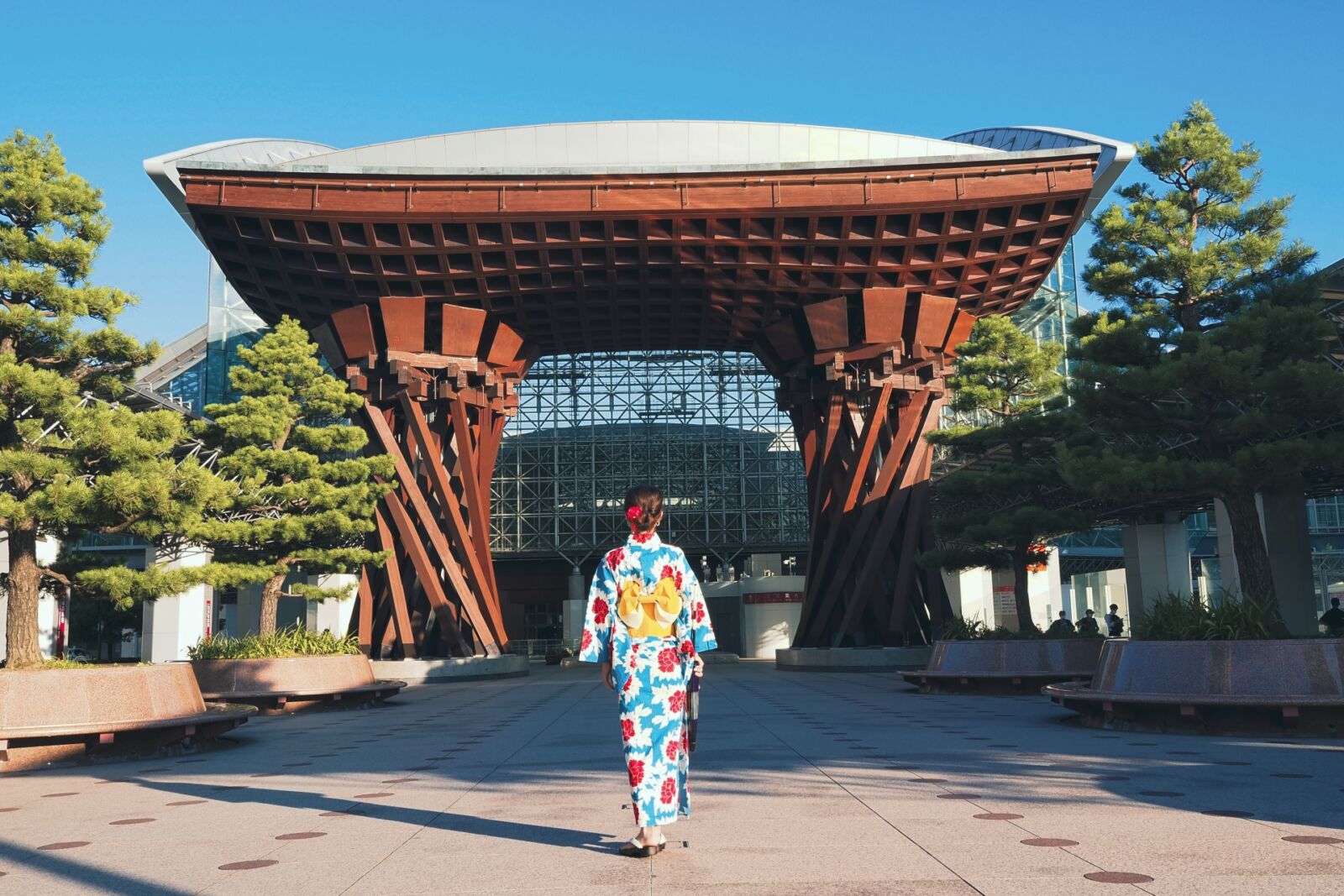
Nearby Toyama, Kanazawa is the northern terminus of both the Hokuriku Shinkansen Line – running southeast to Tokyo via Nagano City – and Limited Express Thunderbird – running southwest to Kyoto and Osaka. Kanazawa is a beautiful historic town, famous for its many attractions including Kenrokuen Garden, Kanazawa Castle Park, the Nagamachi Samurai District and many other sites, museums and galleries. Located nearby the Sea of Japan, Kanazawa is home to one of Japan’s best seafood markets – the Omicho Fish Market – and fantastic cuisine in its many restaurants. For further tips and suggestions, please refer to our ‘25 Things To Do In & Around Kanazawa’ page.
22 / NAGANO CITY AREA / all year round
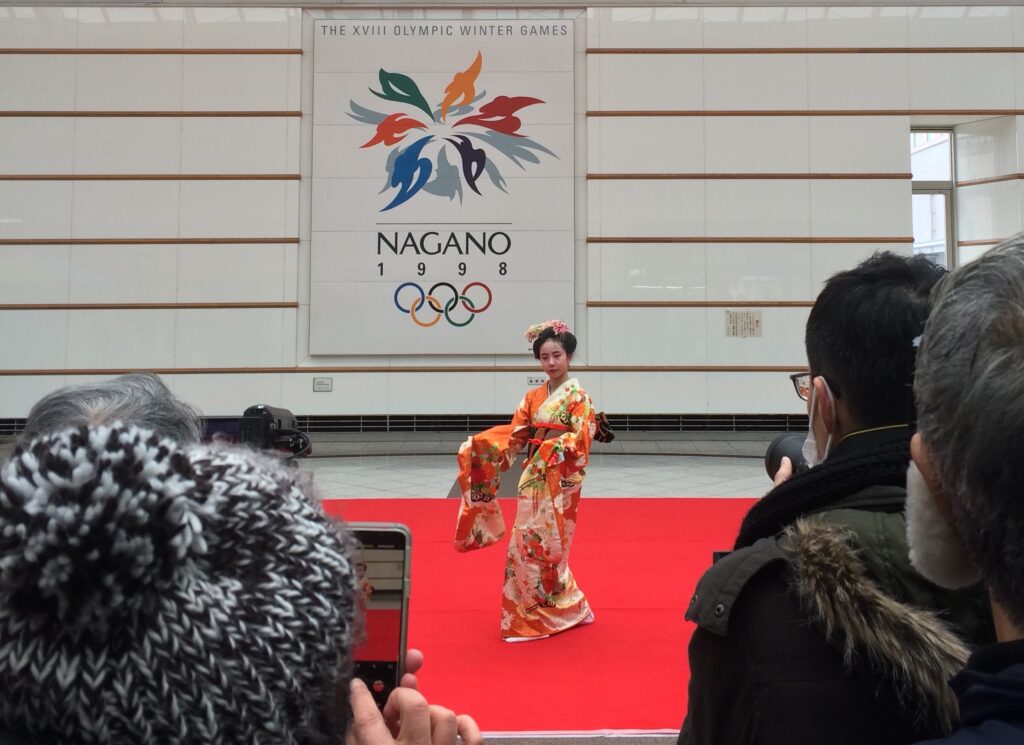
Another stop on the Hokuriku Shinkansen Line, Nagano City is most famous as host of the 1998 Winter Olympics. As such, it is the ideal launching point from where to access many of the Nagano’s many ski resorts – around 80 in total – while also exploring nearby attractions including the city’s near-1400 year old Zenkoji Temple.
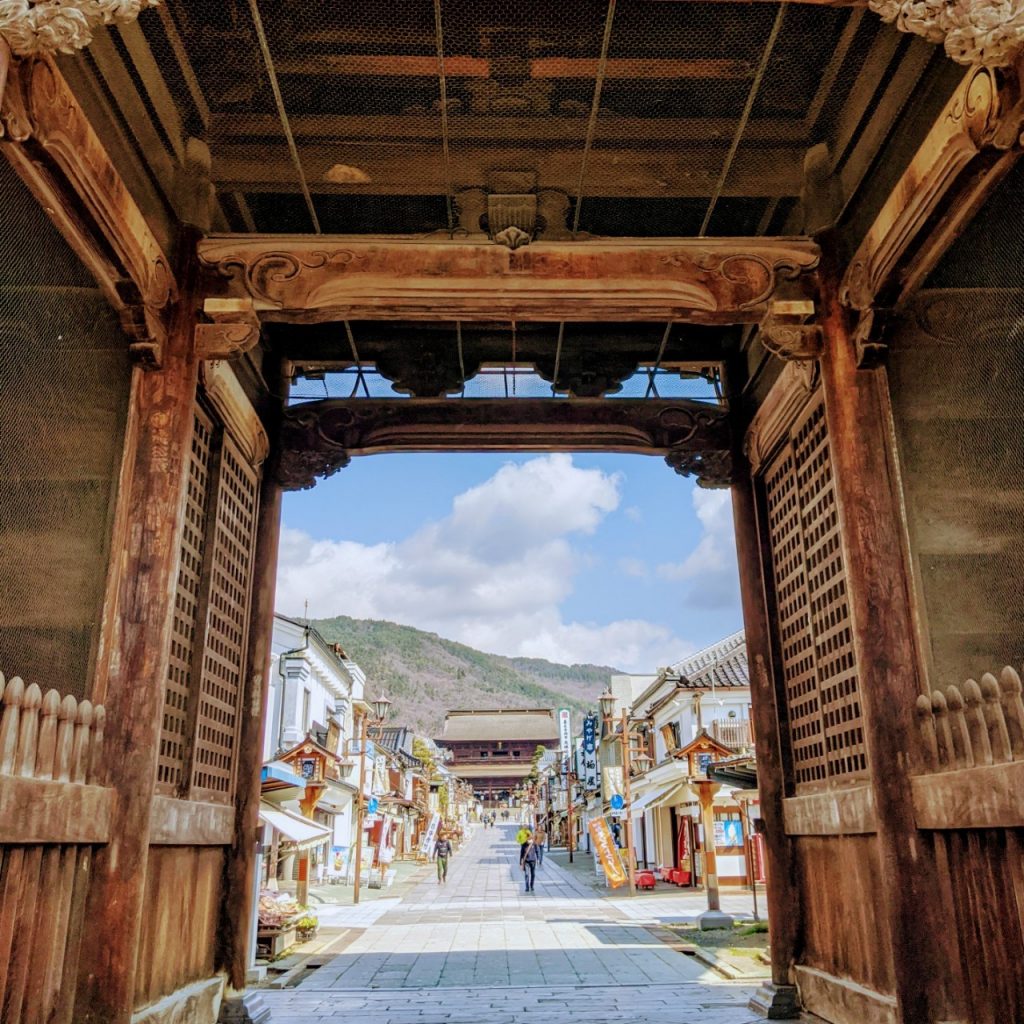
From Nagano Station, visitors can also head to nearby Togakushi, home to some of Japan’s most important Shinto Shrines and Togakure ninjas, or for the samurai-fans, historic Matsushiro. For accommodation listings around Nagano, please refer to our ‘Nagano City Area’, hotel page.
23 / YAMANOUCHI TOWN & THE SNOW MONKEYS / all year round
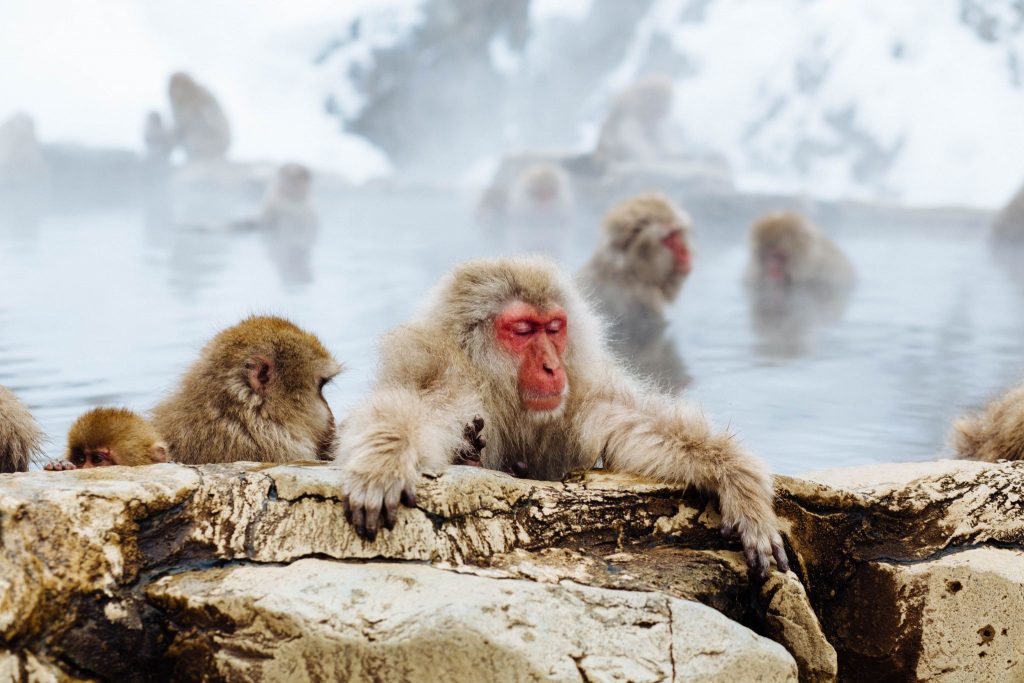

Taking the Nagano Dentetsu Line from Nagano Station, visitors can head to Yamanouchi Town – home to the world-famous Jigokudani Monkey Park. At its most popular through the snow of winter, the park is in fact open all year round. The monkeys – known for their hot spring-bathing antics – come to the park all year round with each season offering its own reasons to visit. Known fondly as ‘snow monkeys’, they are in fact there all year round with spring, summer and autumn each providing their own reasons to visit to the park.
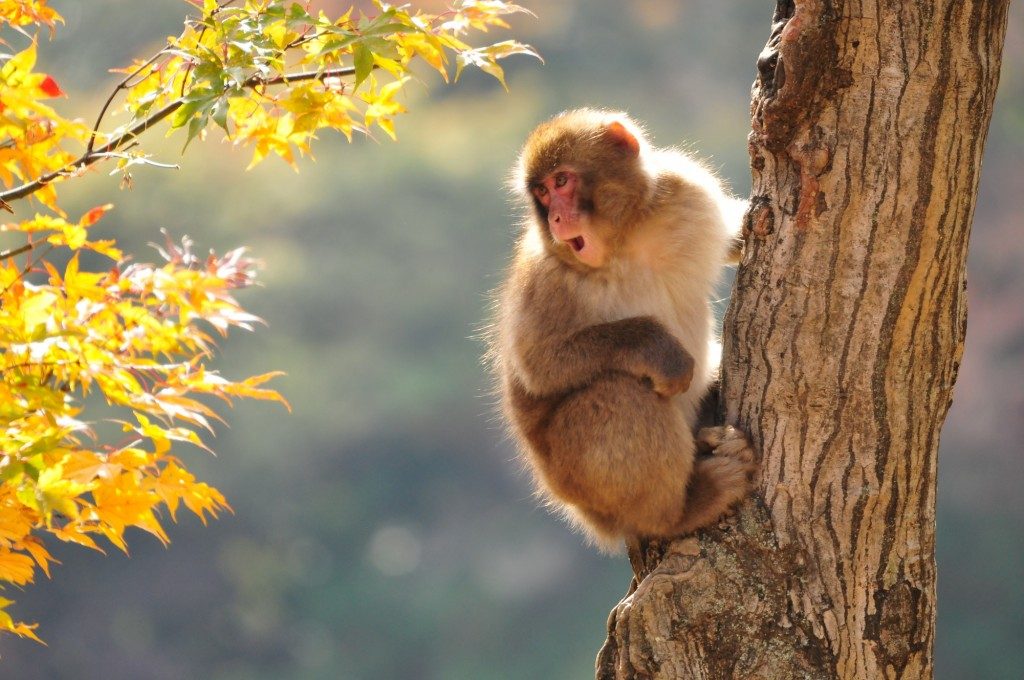
When visiting the park, staying in nearby Yudanaka and Shibu Onsen is a great way to enjoy the region’s many hot springs and traditional guesthouses, while a little further along the mountain road to Japan's largest ski resort and fourth largest national park...
24 / SHIGA KOGEN SKI RESORT & JOSHINETSU KOGEN NATIONAL PARK / all year round
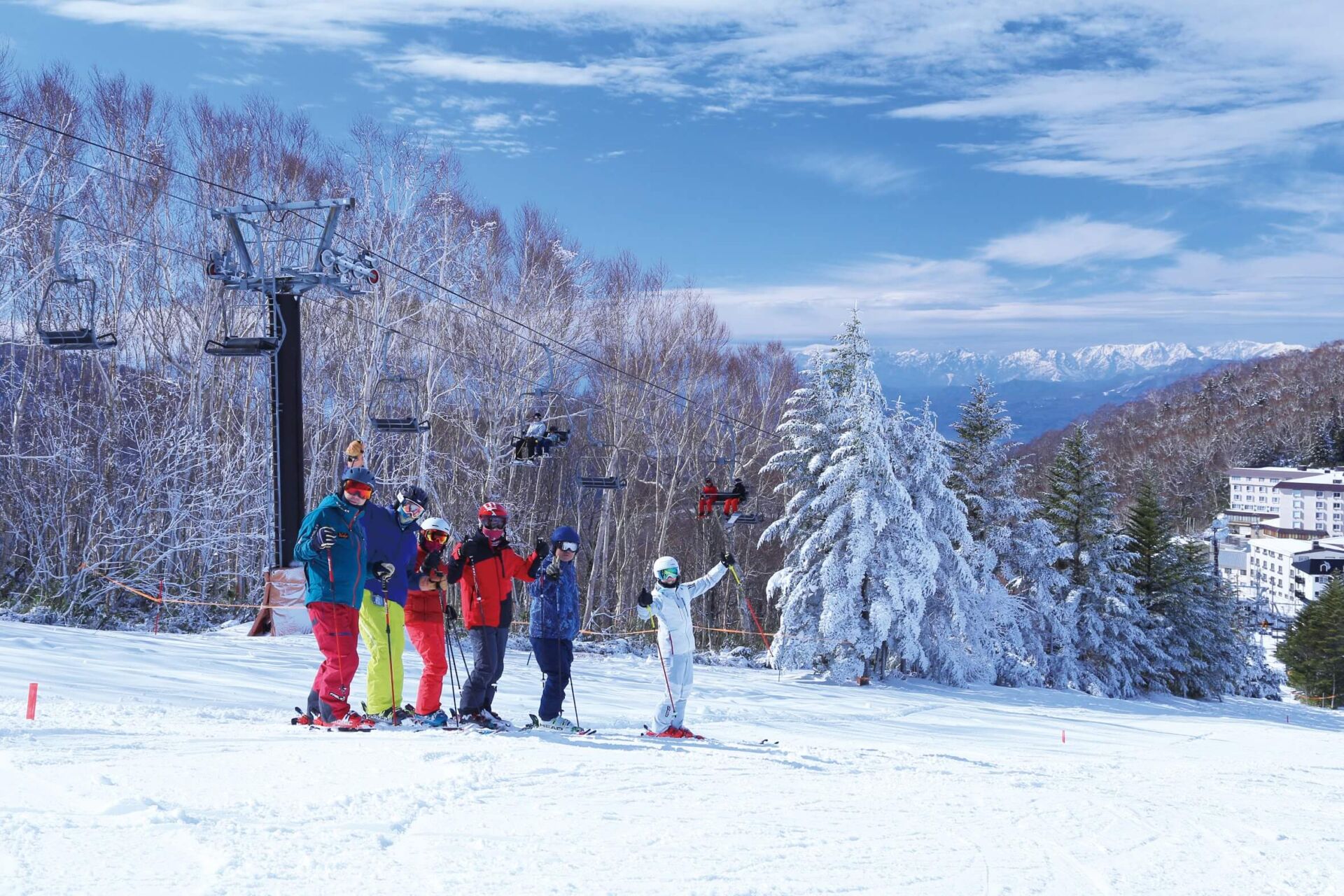

Located a short distance from the Jigokdani Monkey Park, Shiga Kogen is Japan’s largest and highest ski resort. The resort is comprised of 18 ski areas – some large, some small – spread over more than 600 hectares of terrain and offering more than 80km of ski runs. Boasting the longest season in Nagano and most reliable snow, Shiga Kogen is notably larger than any other resort and blessed with excellent powder. Just ask the locals, Shiga is the place to go! Part of the broader Joshinetsu Kogen National Park - the fourth largest national park in the country - this is an ideal destination for visitors seeking some of Asia's best snow and beautiful natural landscapes.
25 / HAKUBA / all year round
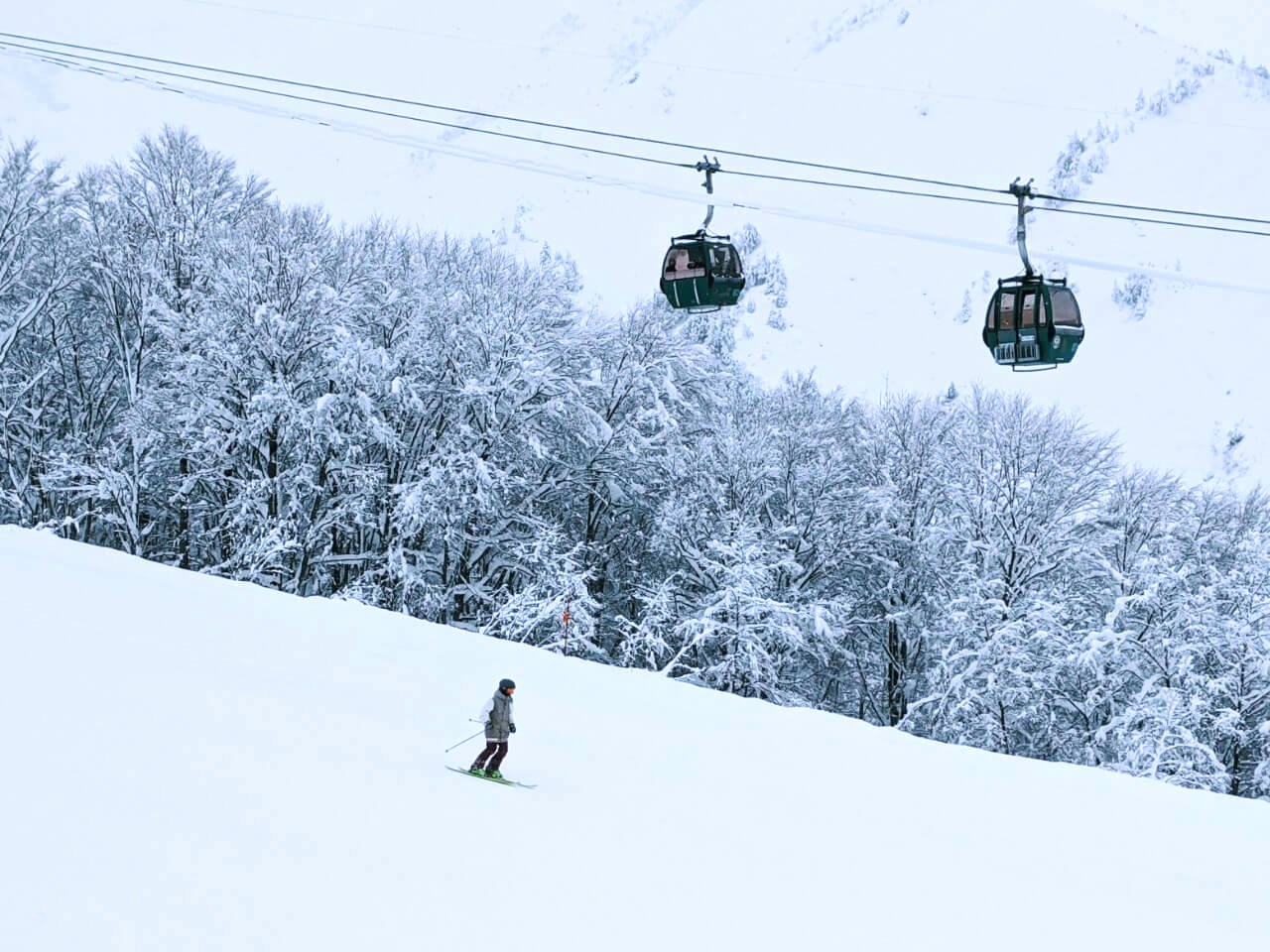

An hour from Nagano Station, Hakuba is home to Nagano’s most popular and international ski resorts. Having hosted multiple events during the 1998 Winter Olympics, Hakuba came to the attention of the world and now draws huge numbers every year, wanting to experience its fabled powder, excellent terrain and vibrant nightlife – spread across many resorts. Best known for its winter, Hakuba is now establishing itself as a mecca for green season sports enthusiasts. After all, those mountains are just as big in summer and are home to some of Japan’s best hiking and mountaineering trails. For tips and suggestions all year round, please refer to our ‘25 Things to Do In & Around Hakuba’ page.
26 / ADVENTURE TRAVEL IN CENTRAL JAPAN! / all year round
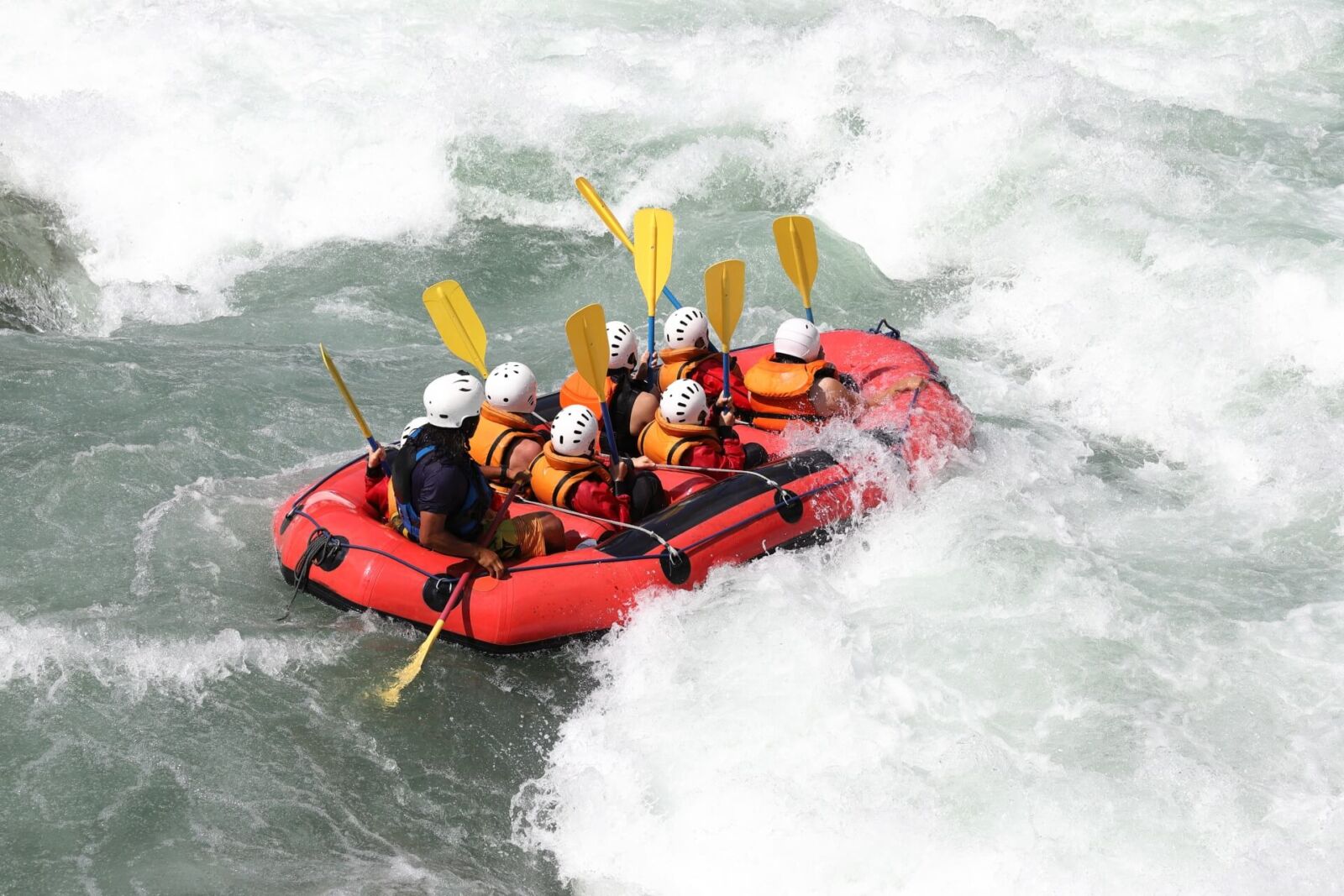
Boasting the majority of Japan’s tallest mountains and the most ski resorts in the country, along with pristine forests, rivers, lakes and multiple national parks, Central Japan is without question a true adventure travel hot-spot. From world-class skiing and snowboarding to outstanding hiking and mountaineering, rafting, wildlife experiences and more, Japan has loads to offer when it comes to adventure travel including experiences that straddle and blur the line between adventure, culture and spirituality in uniquely Japanese ways. For more information, see our 'Japan Adventure Travel' page.
27/ NOZAWA ONSEN / all year round
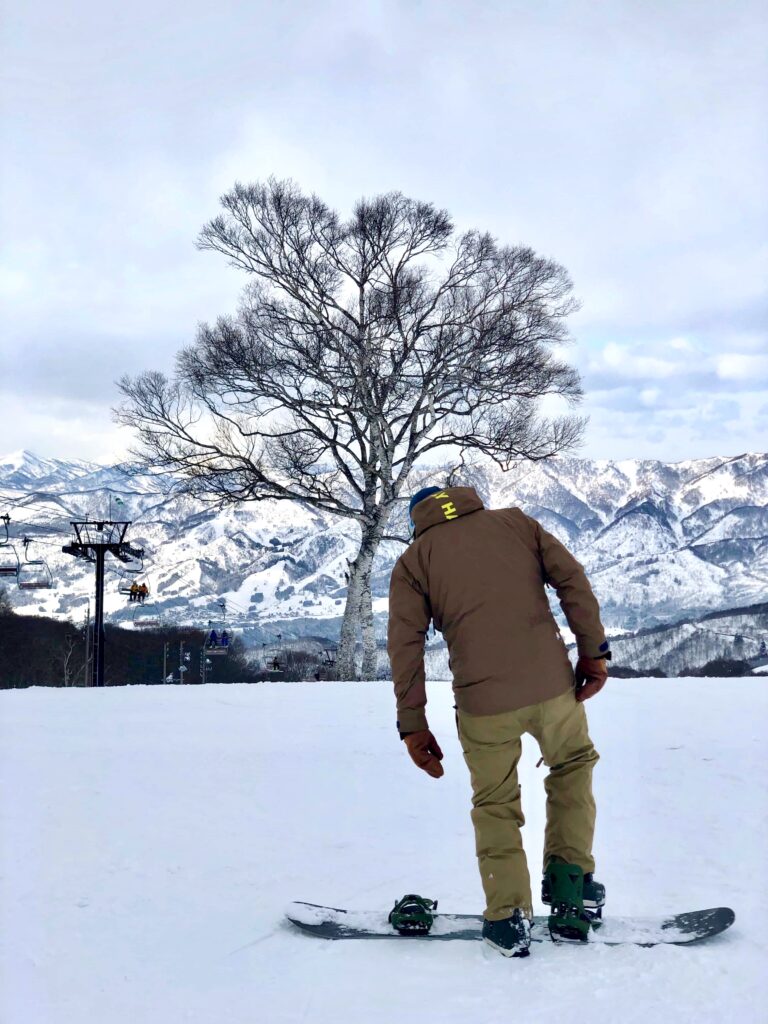

Easily accessible from Nagano Station or Iiyama Station, Nozawa Onsen is one of Nagano’s most popular resorts - offering skiers and boarders around 300 hectares of train between 565 and 1650 metres. Also known for its great powder and setup for snowboarders, Nozawa is a lively resort serviced by a large village full of accommodation, restaurants and bars and ‘onsen’ (hot springs), Nozawa’s reputation is as much based on what happens off the mountain. For tips and suggestions all year round, please refer to our ‘25 Things to Do In & Around Nozawa’ page.
28/ ANY OF JAPAN'S SKI RESORTS Ski Resorts / winter
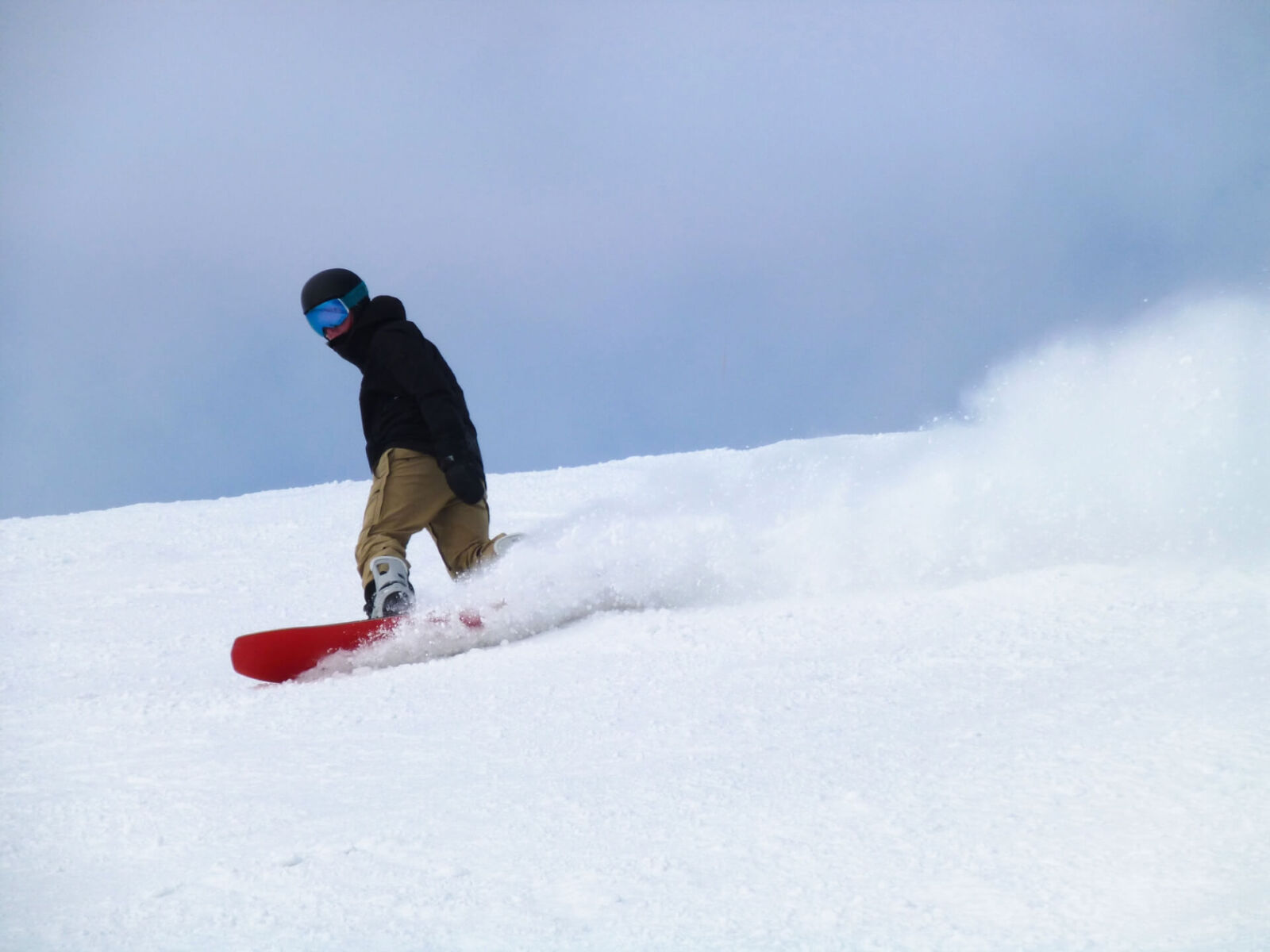

Want to know more about ski resorts in Nagano? Our ‘Japan Ski Resorts’ page has everything you need to know to plan, book and get the most out of your winter to getaway or jump straight to our '30 Best Ski Resorts in Japan' page for tips and suggestions of the resort that suits you best!
29 / KARUIZAWA & KUSATSU ONSEN / all year round
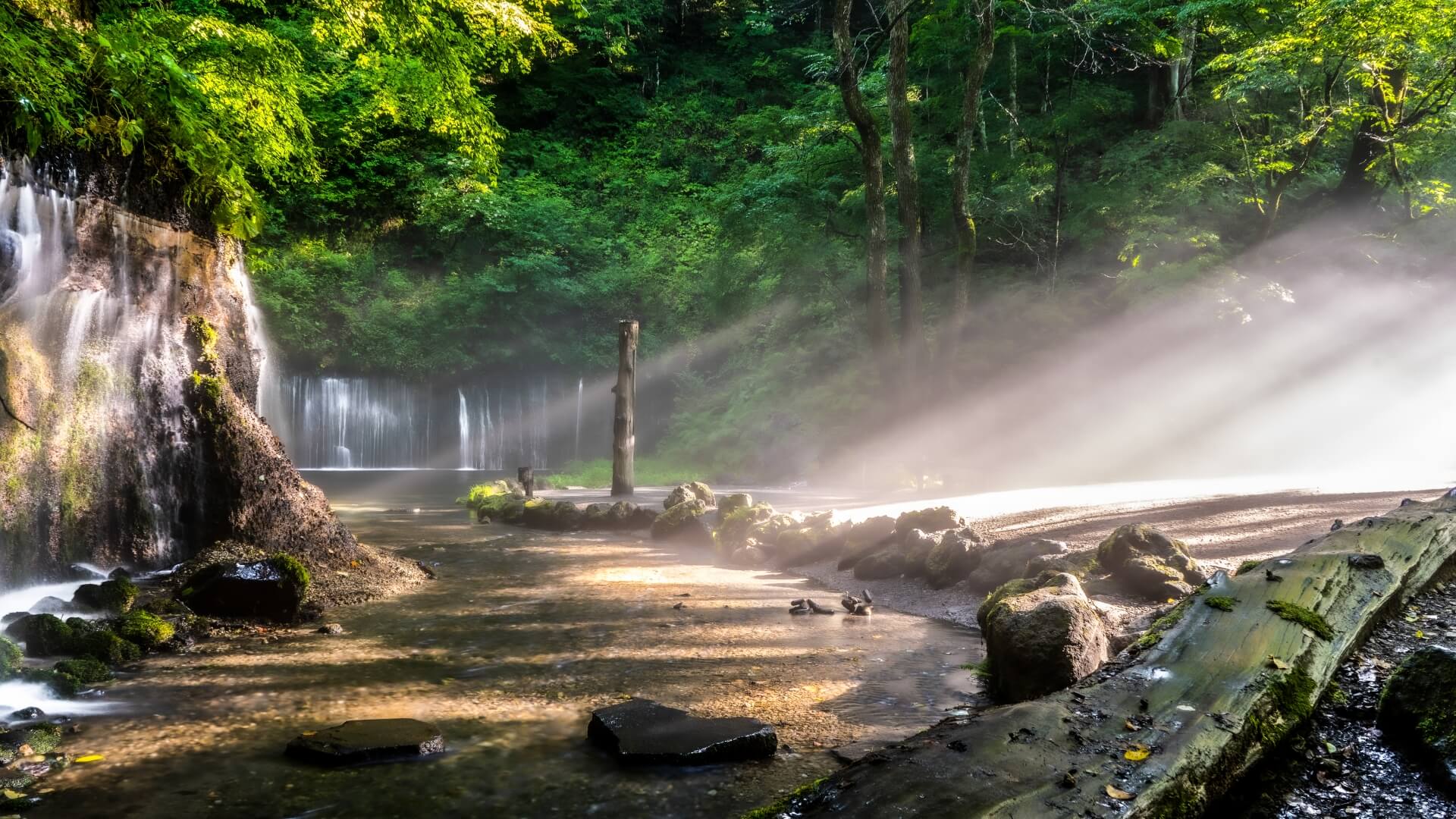
Another convenient stop on the Hokuriku Shinkansen Line – only 30 minutes from Nagano Station – Karuizawa is a picturesque mountain resort town. Home to great restaurants and shopping, hot springs, natural sites and a small ski resort, Karuizawa is popular for lots of reasons. For tips, suggestions and reasons you should visit Karuizawa, please see our ‘25 Things to Do In & Around Karuizawa’ page.
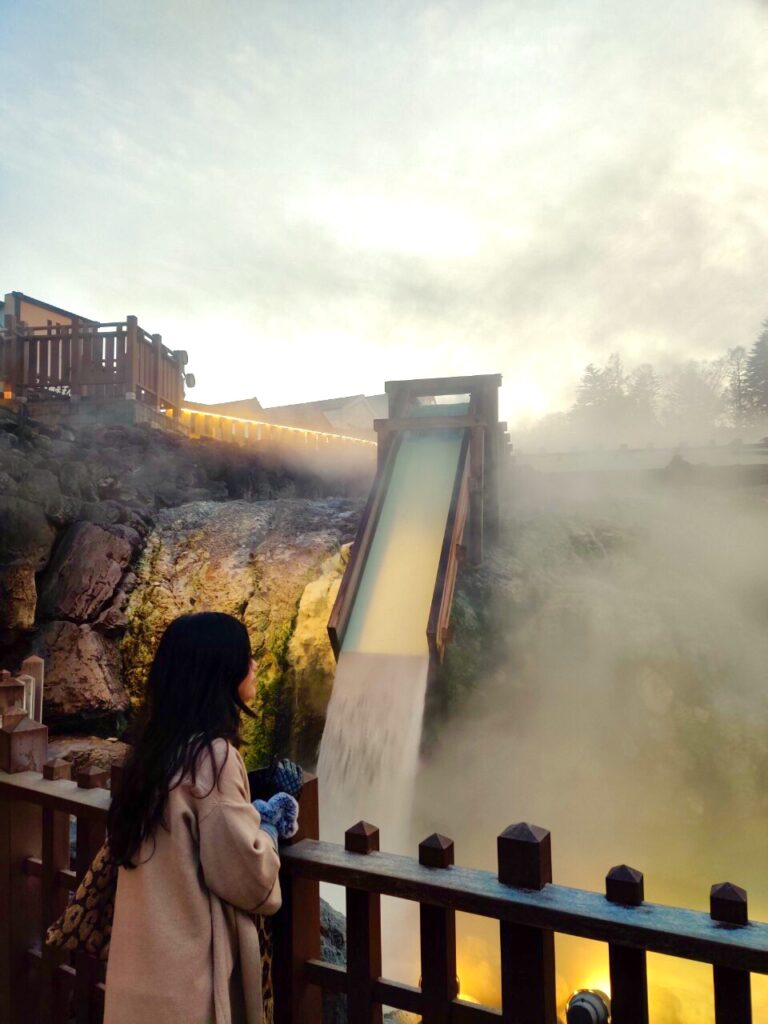
Nearby Karuizawa, Kusatsu Onsen is one of Japan’s most famous hot spring towns. Fed by the volcanic waters of Mount Shirane, the town is instantly recognisable to most Japanese due to its iconic ‘yubatake’ or ‘Hot Water Field’, that cools the thermal water before feeding it into the town’s many onsen guesthouses. For further suggestions and reasons to visit Kusatsu, please refer to our ‘25 Things To Do In & Around Kusatsu Onsen’ page.
30 / ONSEN IN & AROUND NAGANO / all year round
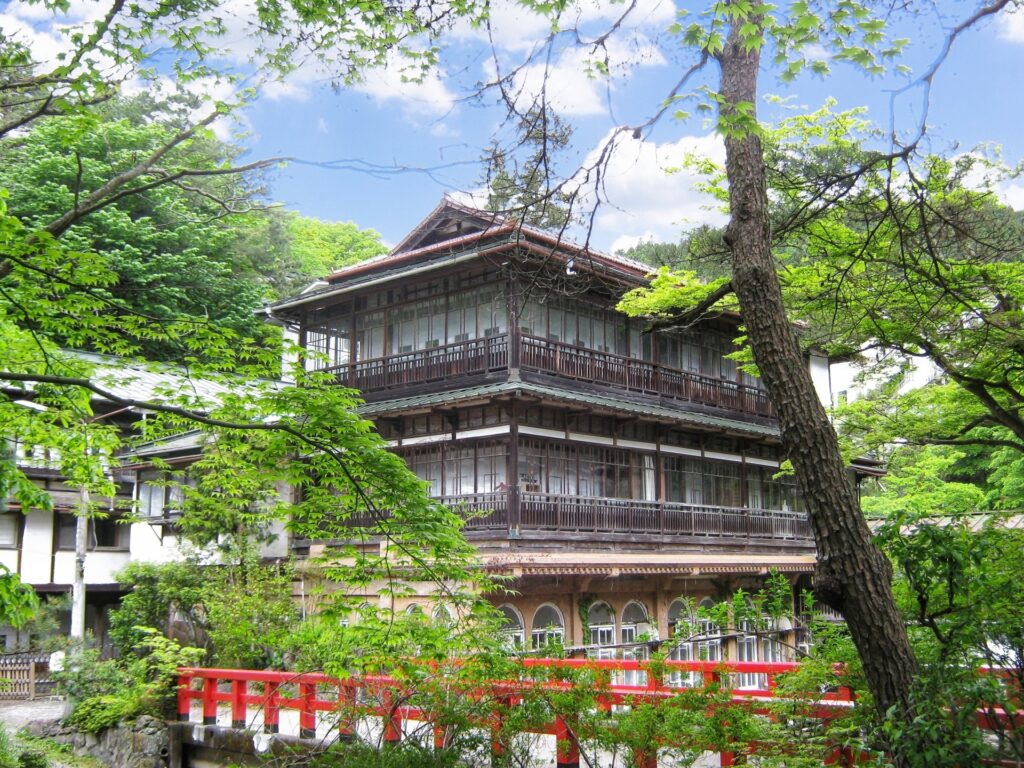
Home to countless natural hot springs, enjoying an ‘onsen’ while in Central Japan really is a must-do activity! In the cold months of winter and cooler months of autumn, dipping into a thermal bath feels fantastic whereas in the warmer months of spring and summer, the initial heat of onsen leads your body to cool itself – a truly pleasurable feeling. Spread throughout the region, the historic onsen towns have numerous ‘ryokan’ (traditional guesthouses) with their own in-house onsen. Our ‘Onsen In & Around Nagano’ page introduces everything you need to know about using an onsen, the benefits and where to find them.
WHERE TO STAY WHEN VISITING MOUNT FUJI?
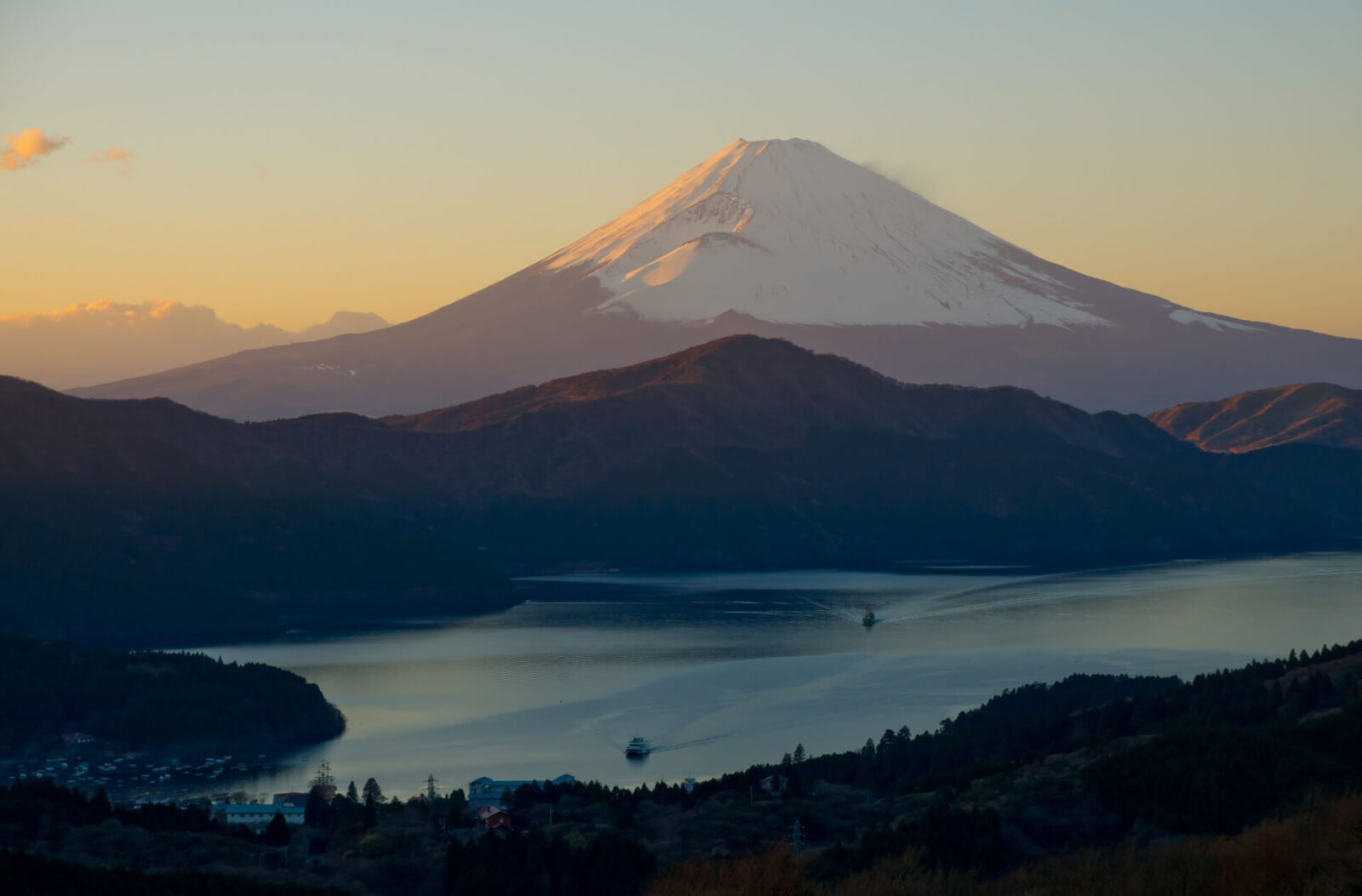
Deciding on the best place to stay when visiting Fuji depends on whether you are intending to climb it, simply want to see it, the type of accommodation you want and how you will get there. For most international visitors, staying in and around one of the ‘Fuji Five Lakes’ or nearby Mt Fuji Station area is the best option. You will find the largest range of accommodation in this area, great views of the mountain while putting you in close proximity of the trailheads, for visitors who intend to climb the mountain. Further afield, the onsen area of Hakone is another recommended area for visitors wanting some great views of Fuji while not necessarily intending to visit the mountain itself. Our 'Where To Stay Around Mount Fuji' page has everything you need including links to accommodation listings to plan and book your trip to Japan's most famous mountain.
HOW TO GET TO MOUNT FUJI
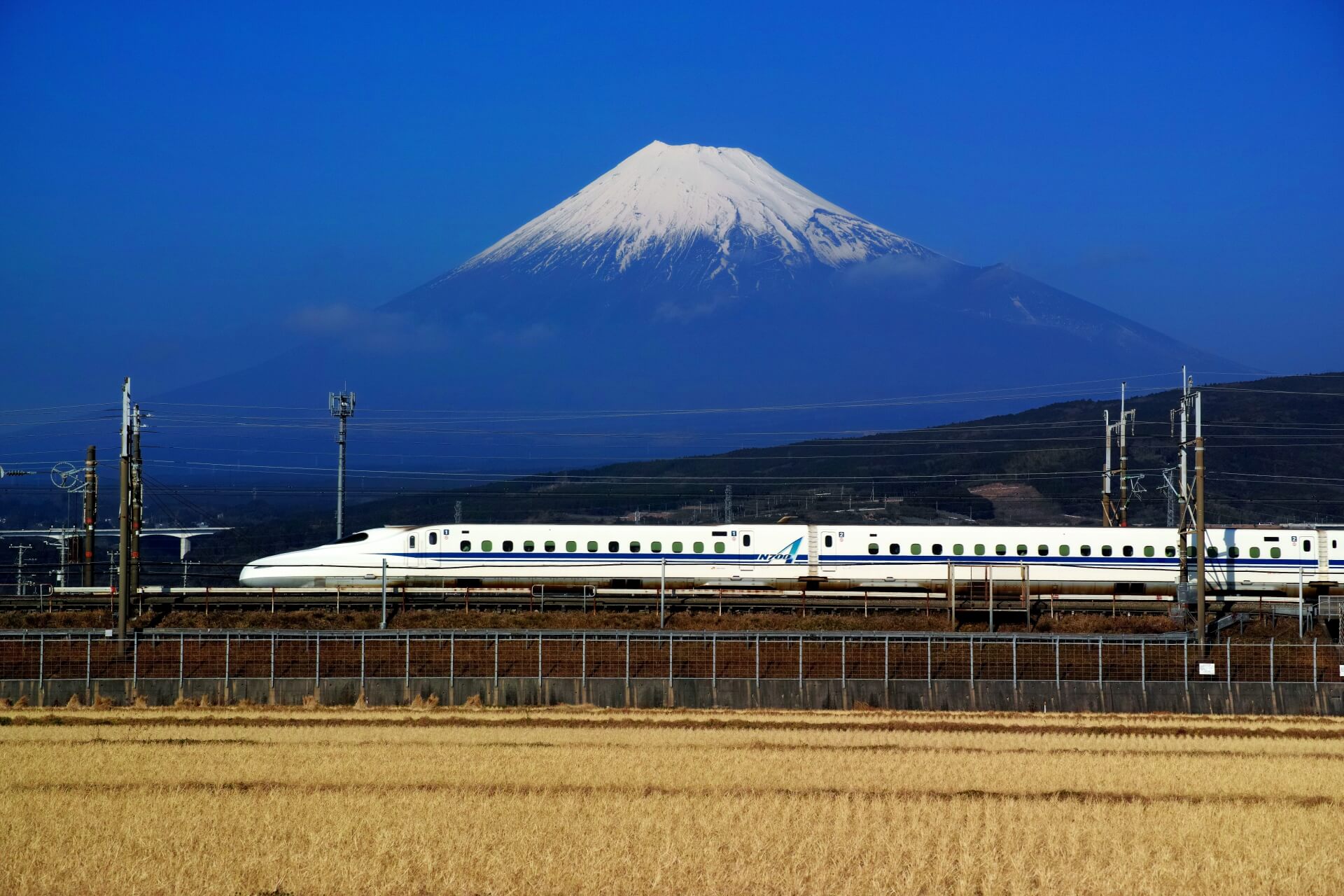
Visitors heading to Fuji can make the journey using public transport, their own car or arrange a tour or charter. For information on how to reach the famous mountain, see our 'How To Get To Mount Fuji' page.
BOOK WITH US! NAGANO'S NO.1 TOUR & CHARTER OPERATOR
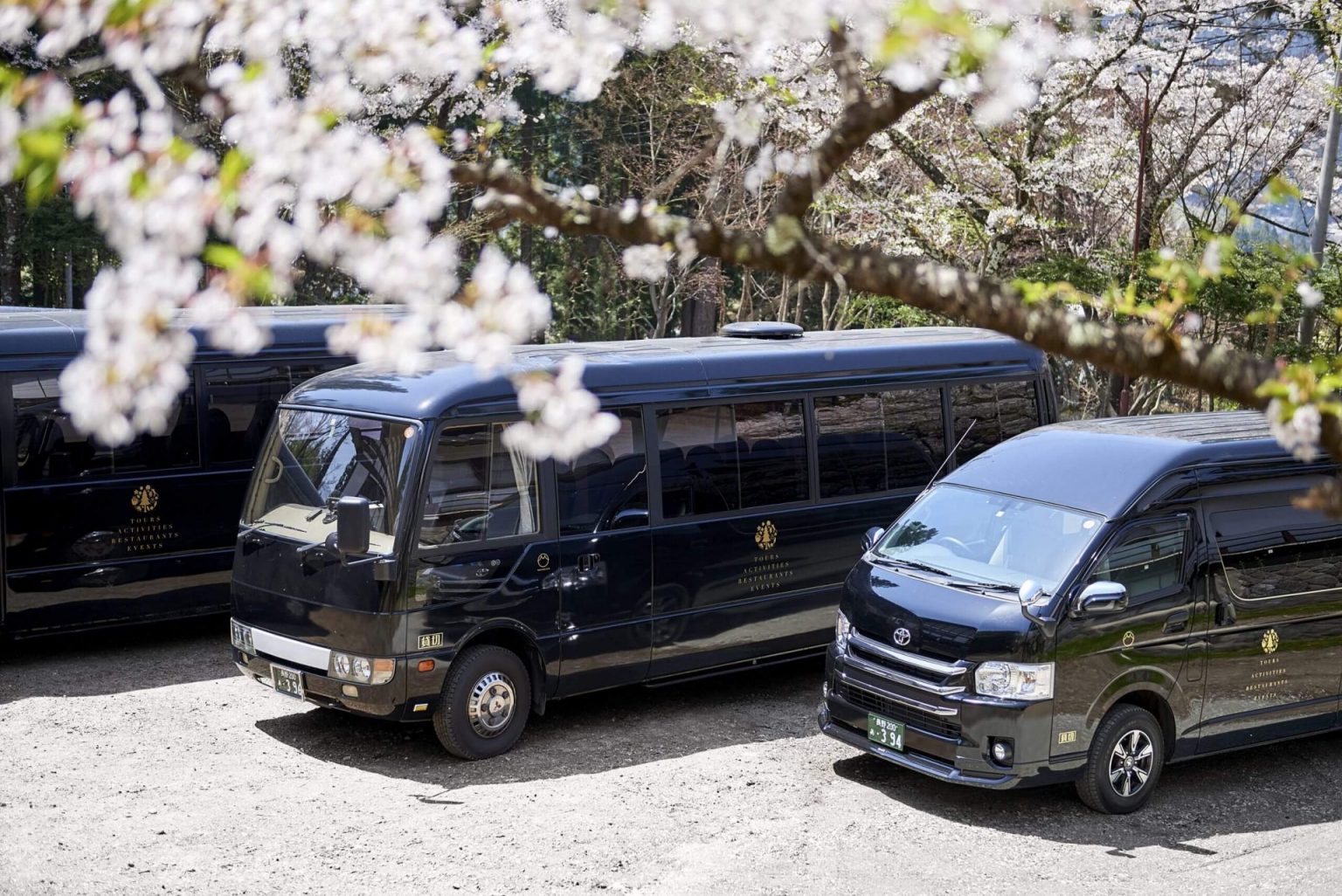

Central Japan offers many, many reasons to visit. Operating all year round, we are Nagano’s No.1-rated tour and charter operator, offering a range of services including group tours, private tours and charters. We can arrange transport including a private vehicle and driver, to transport you to, from and between any destination in Central Japan.
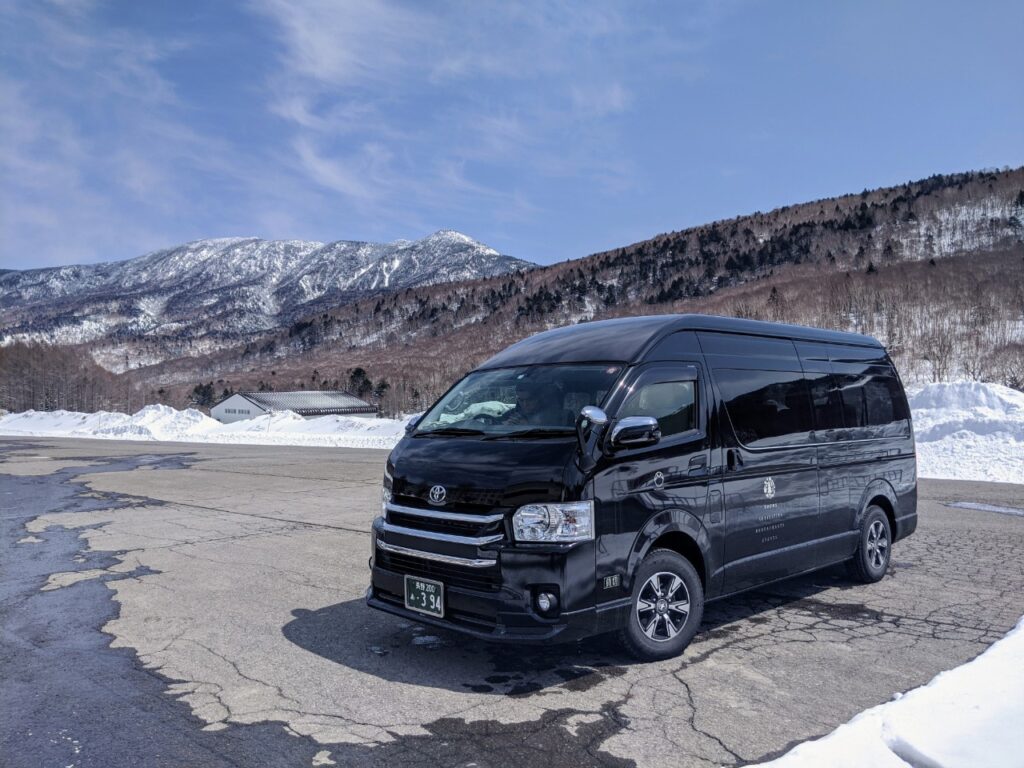

Our drivers and vehicles are fully certified, allowing us to transport you to and from your preferred destinations in combination with any activity that suits your schedule. All vehicles are fitted with a protective screen – separating the driver from passenger and luggage area – and our drivers wear protective masks, allowing you to move between your destinations in comfort and safety.
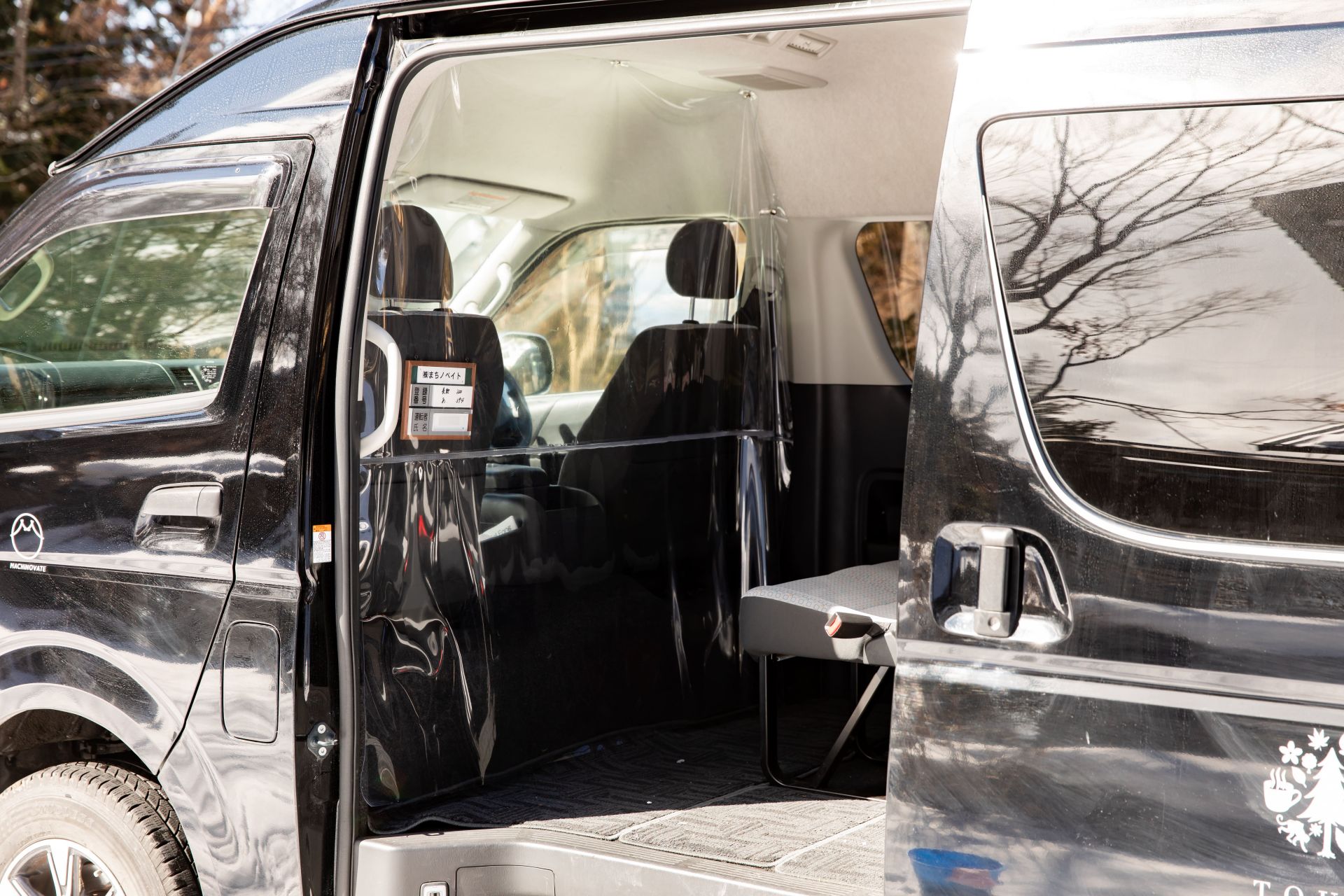
We can arrange both private tours with an English-speaking guide or a private charter, including a private vehicle and driver but without a guide. We’d love to be part of your adventure in Central Japan and help you discover even more!
Why choose us?
Awarded a 2022 TripAdvisor Travelers’ Choice Award for our 1-Day Snow Monkeys, Zenko-ji Temple & Sake Tour – recognised as one of the Top 10 Experiences in Japan – we have the local knowledge and experience to help you get the most out of your time in Nagano.
Got a question about visiting Central Japan? Contact us and let’s get planning together!














